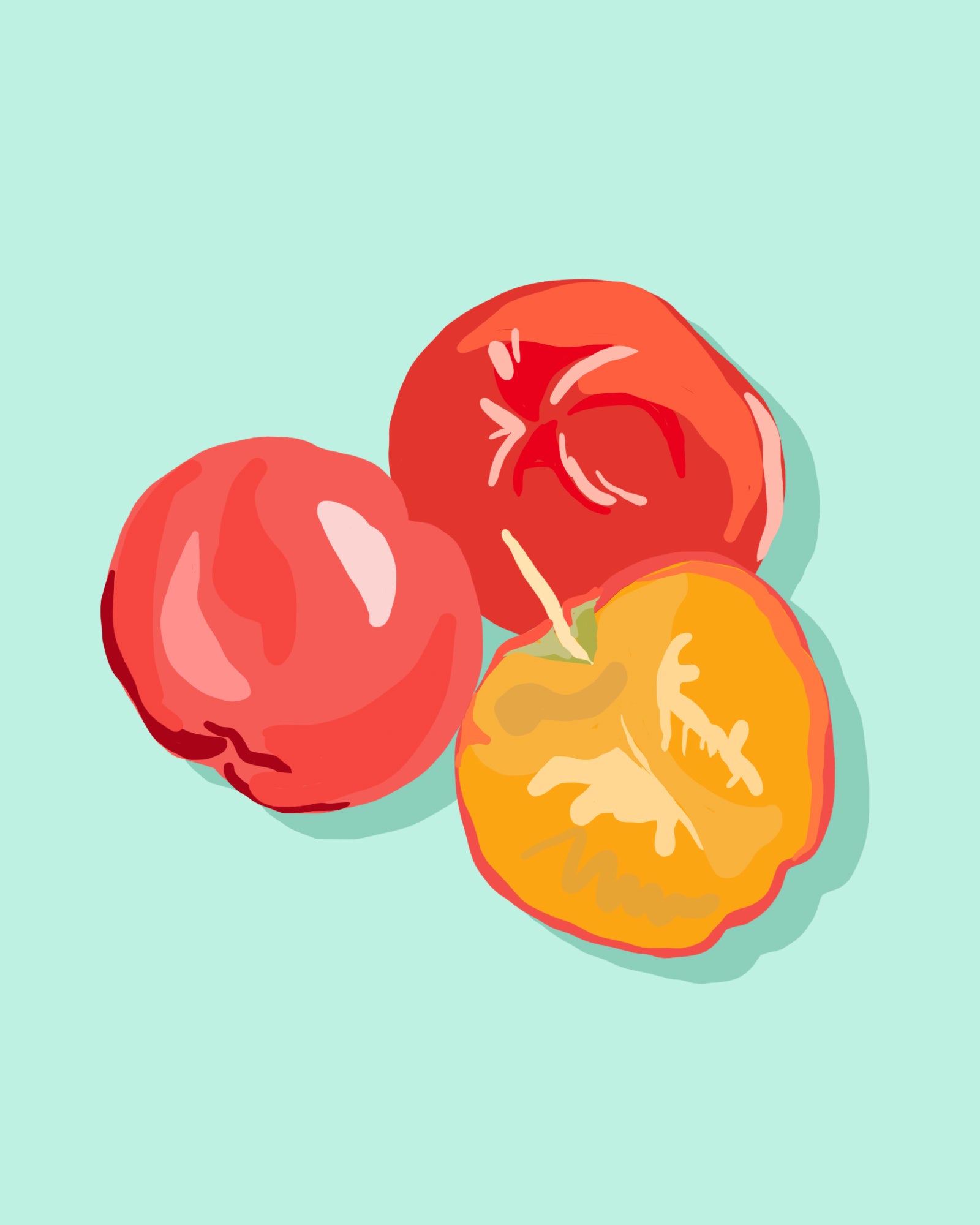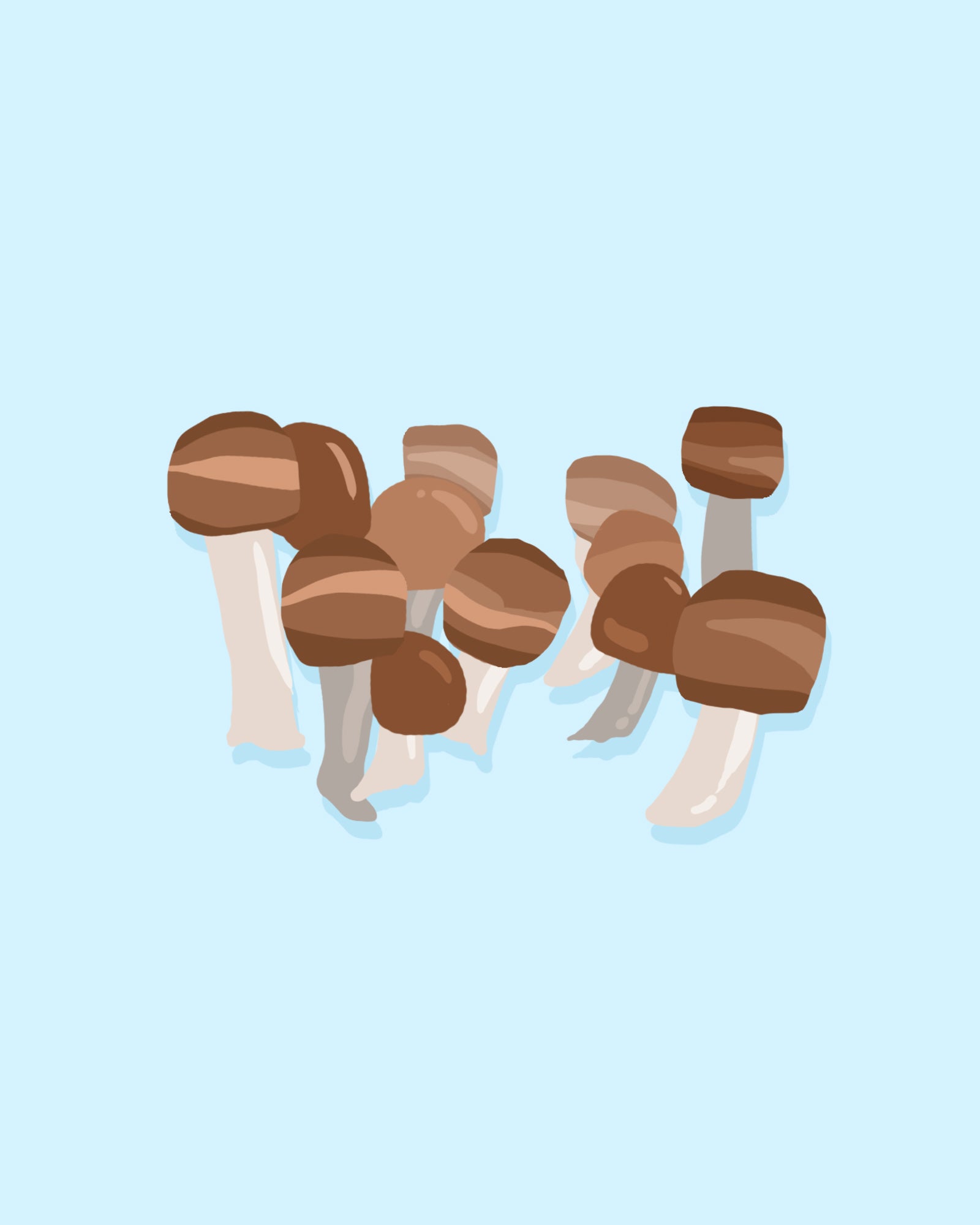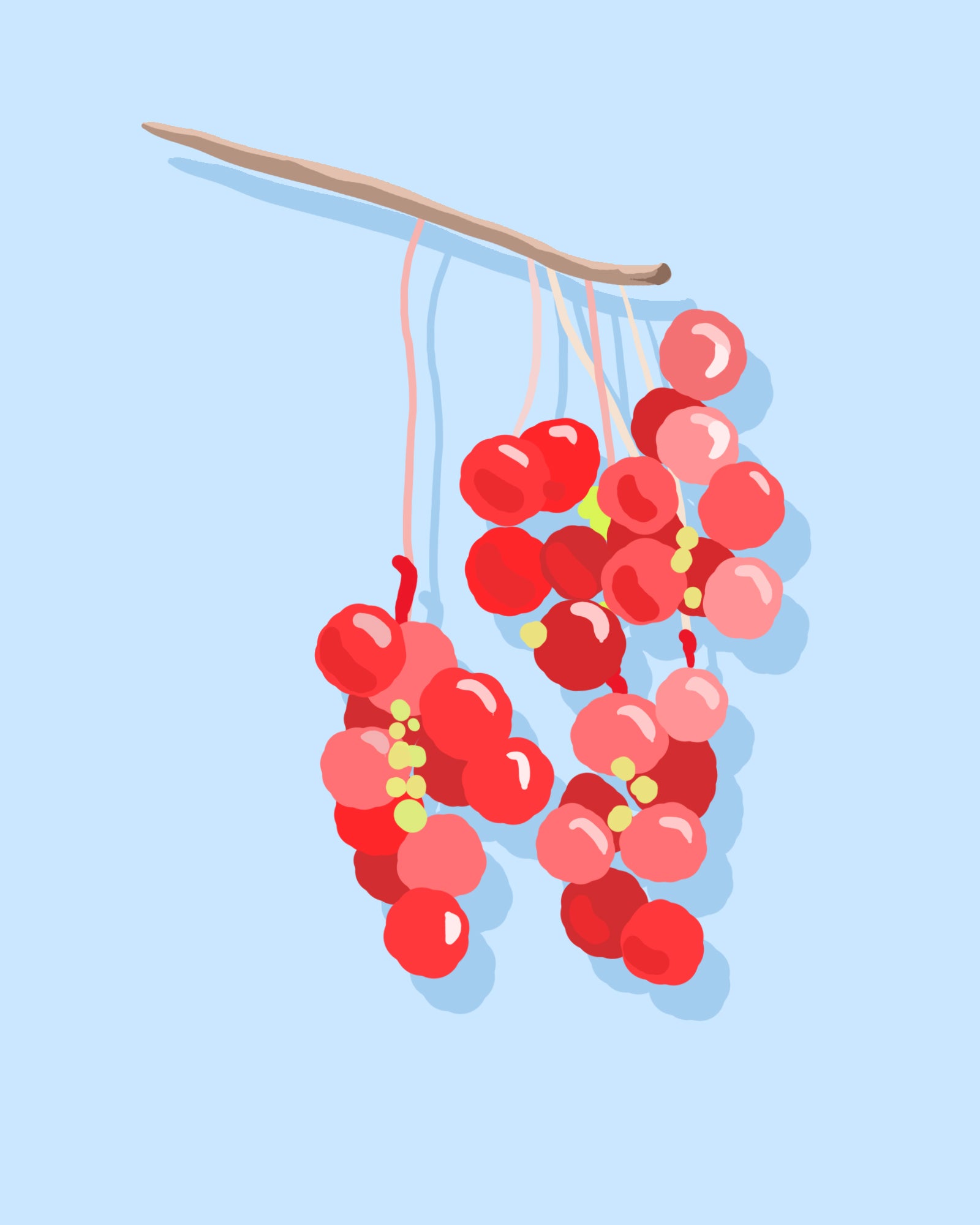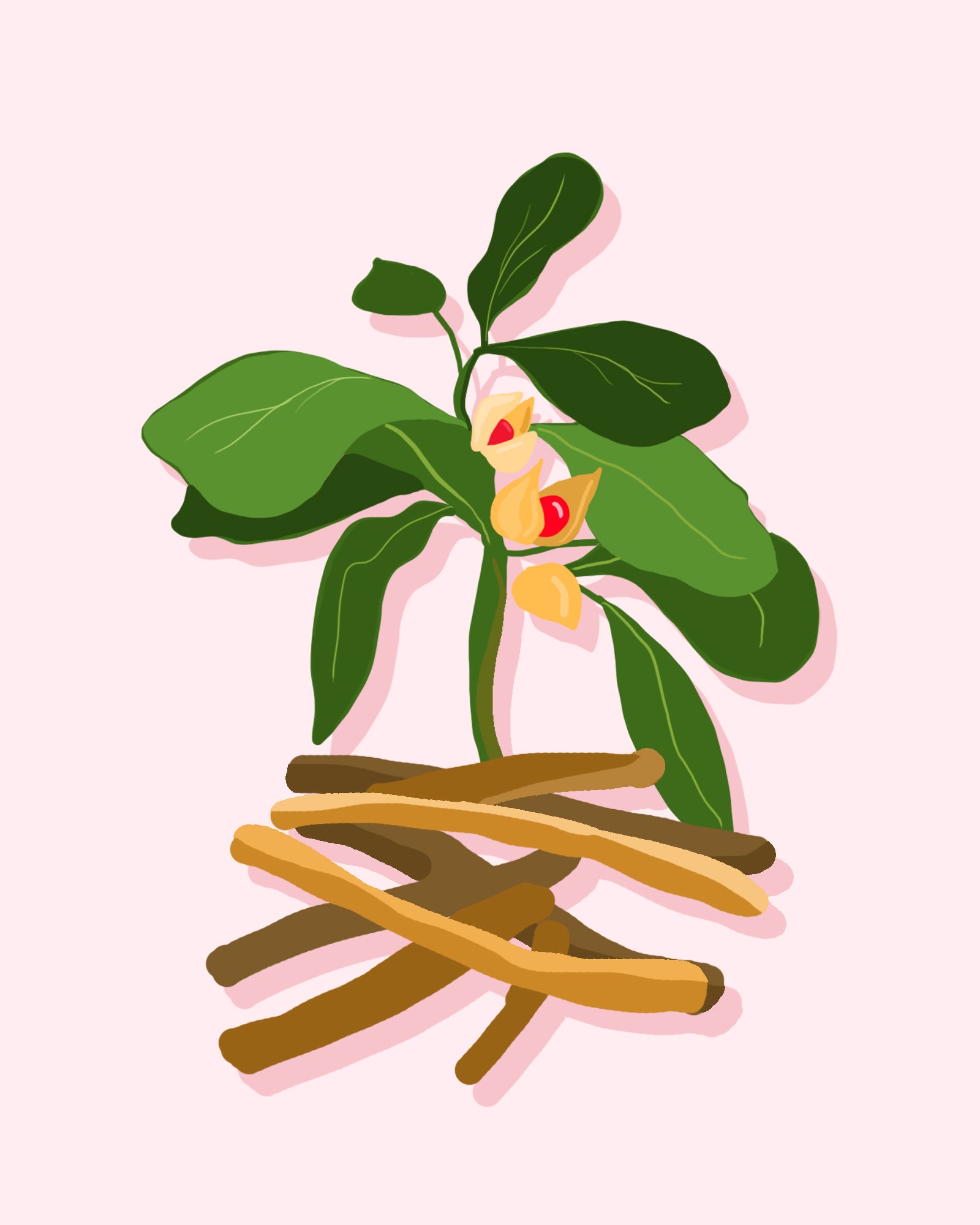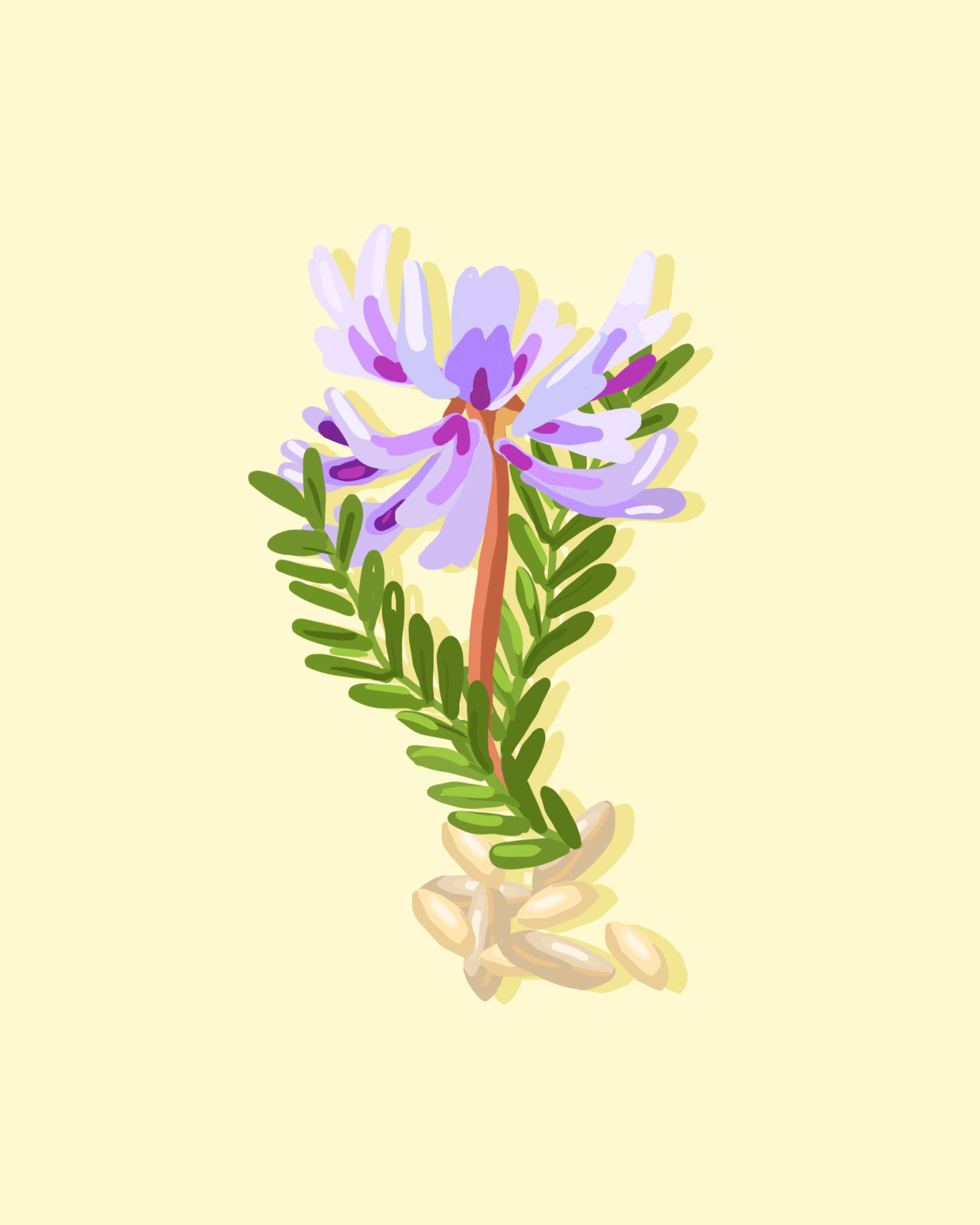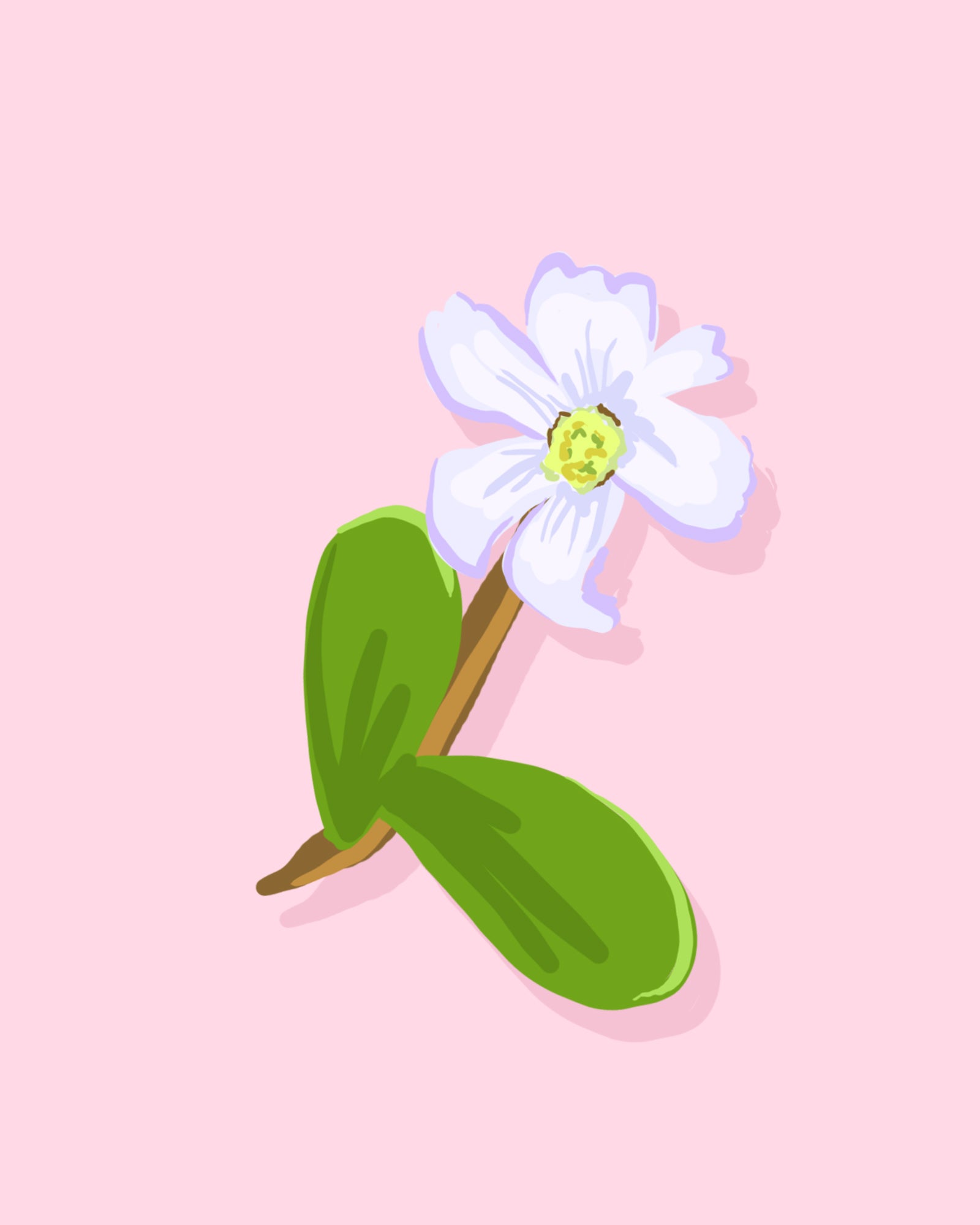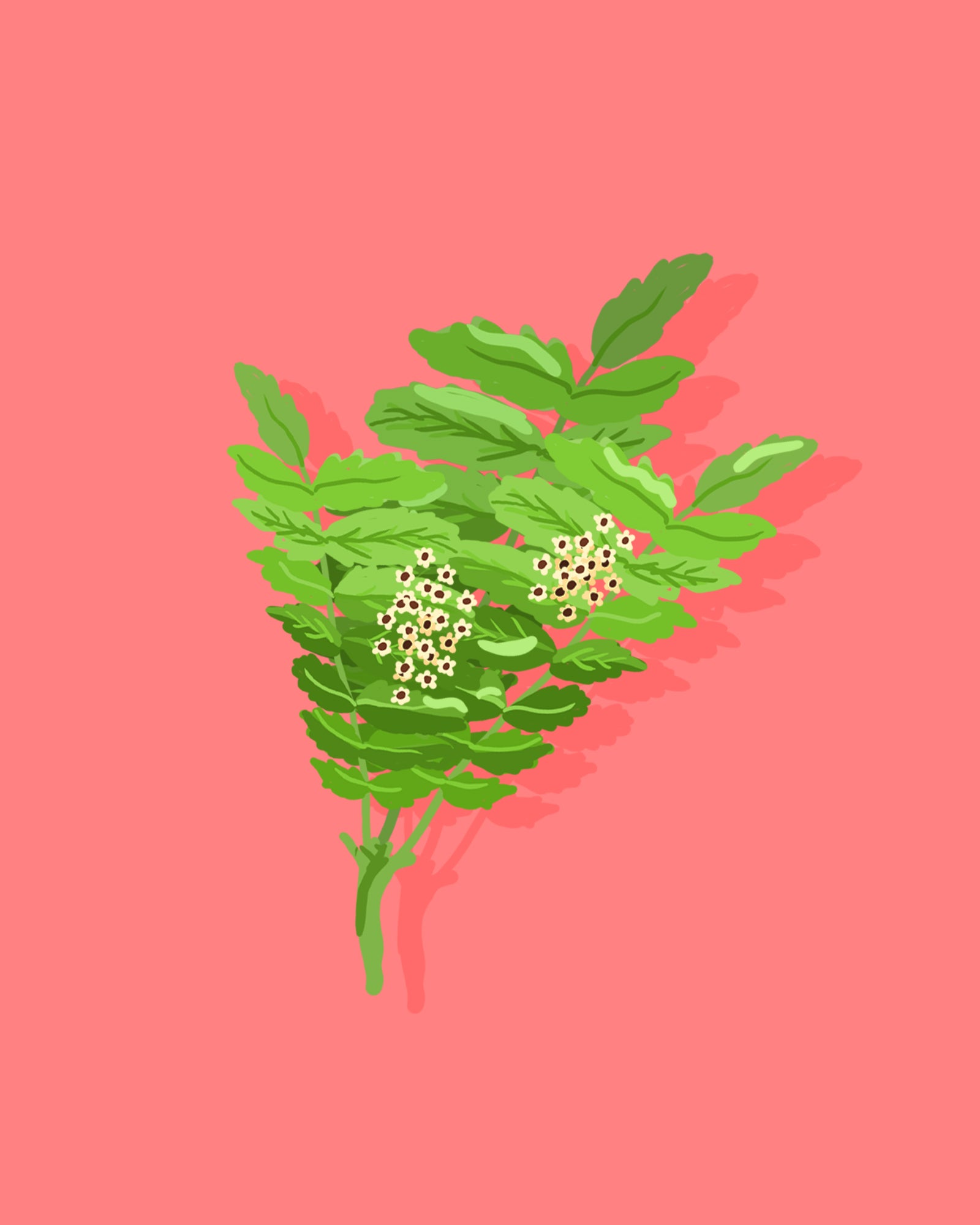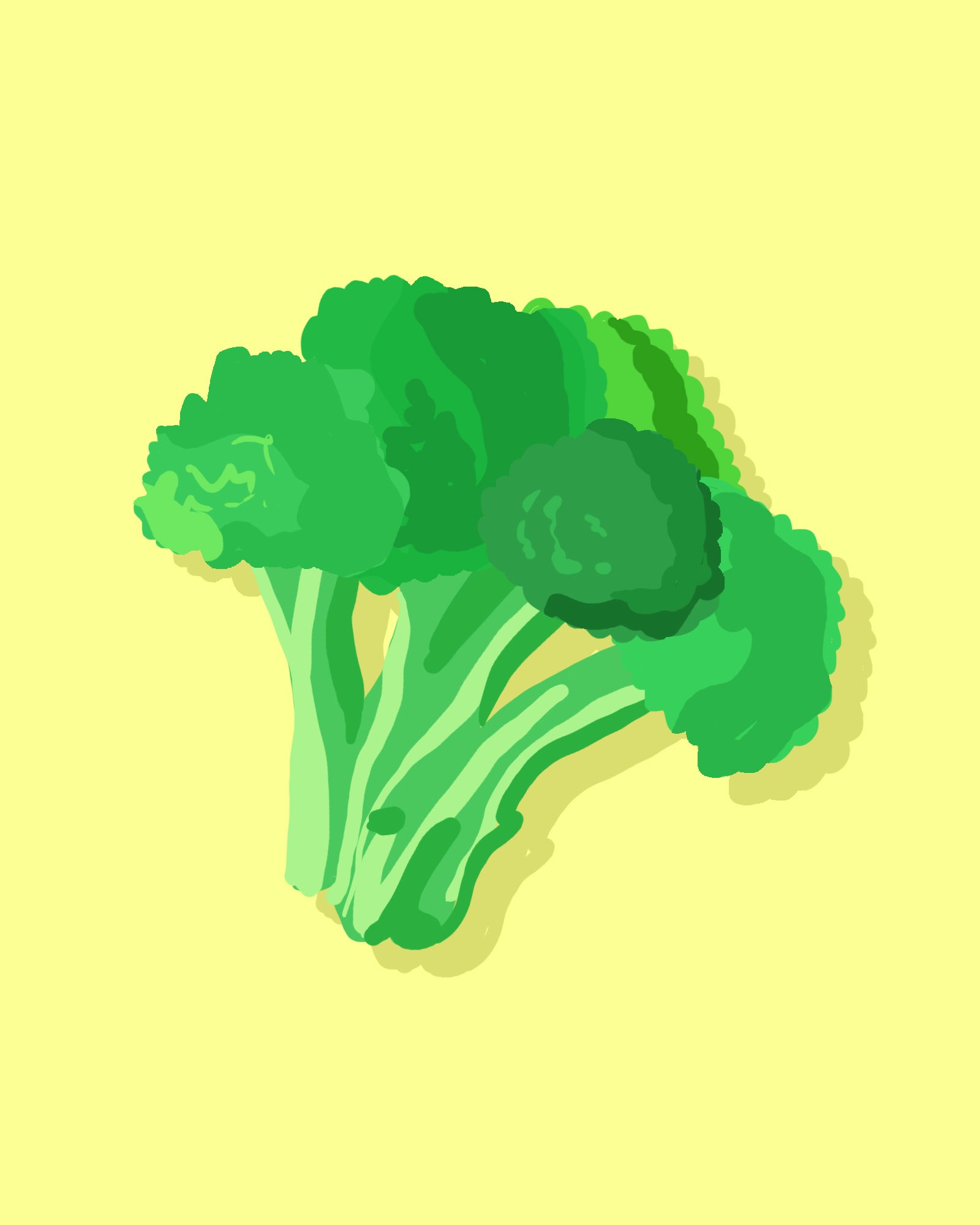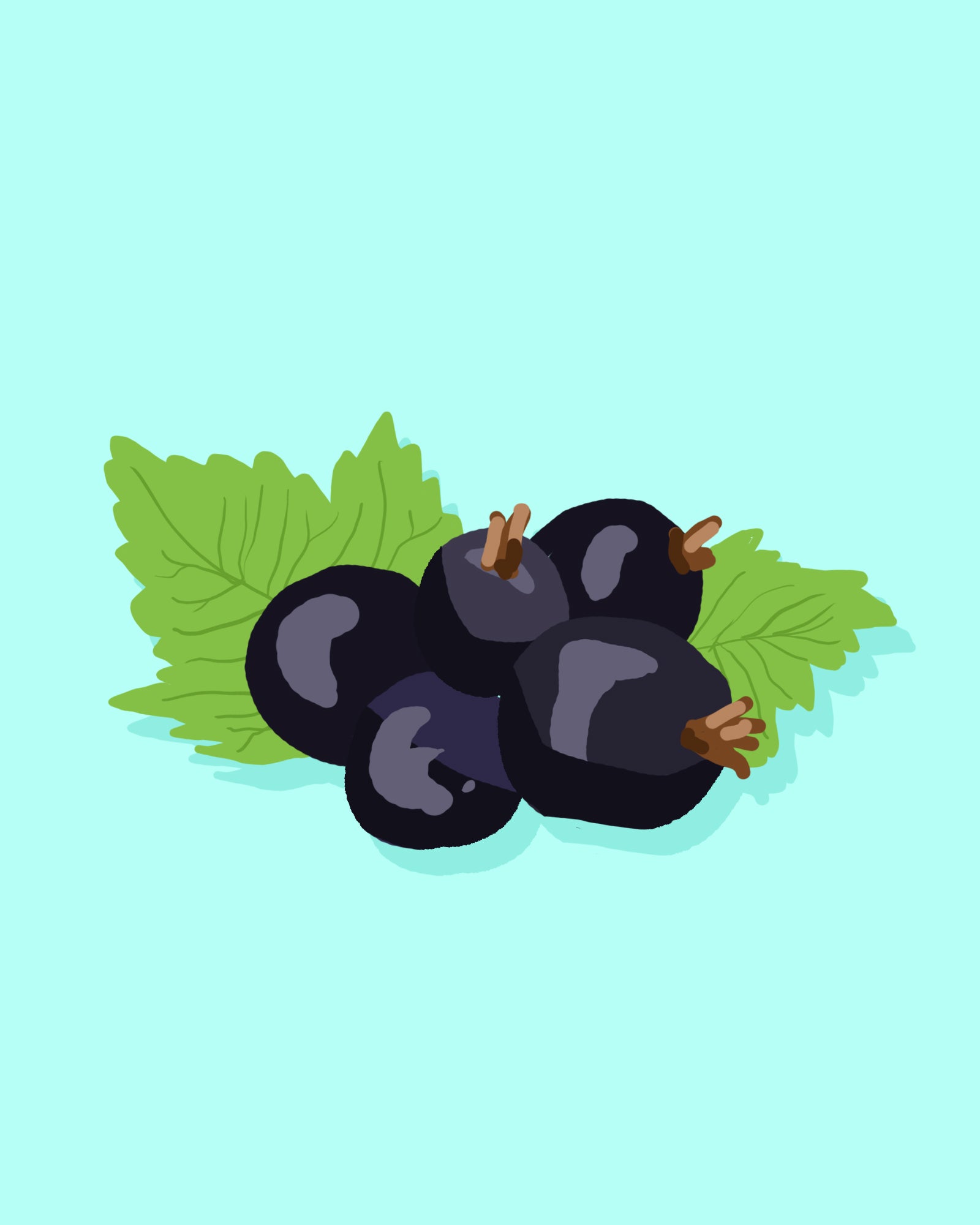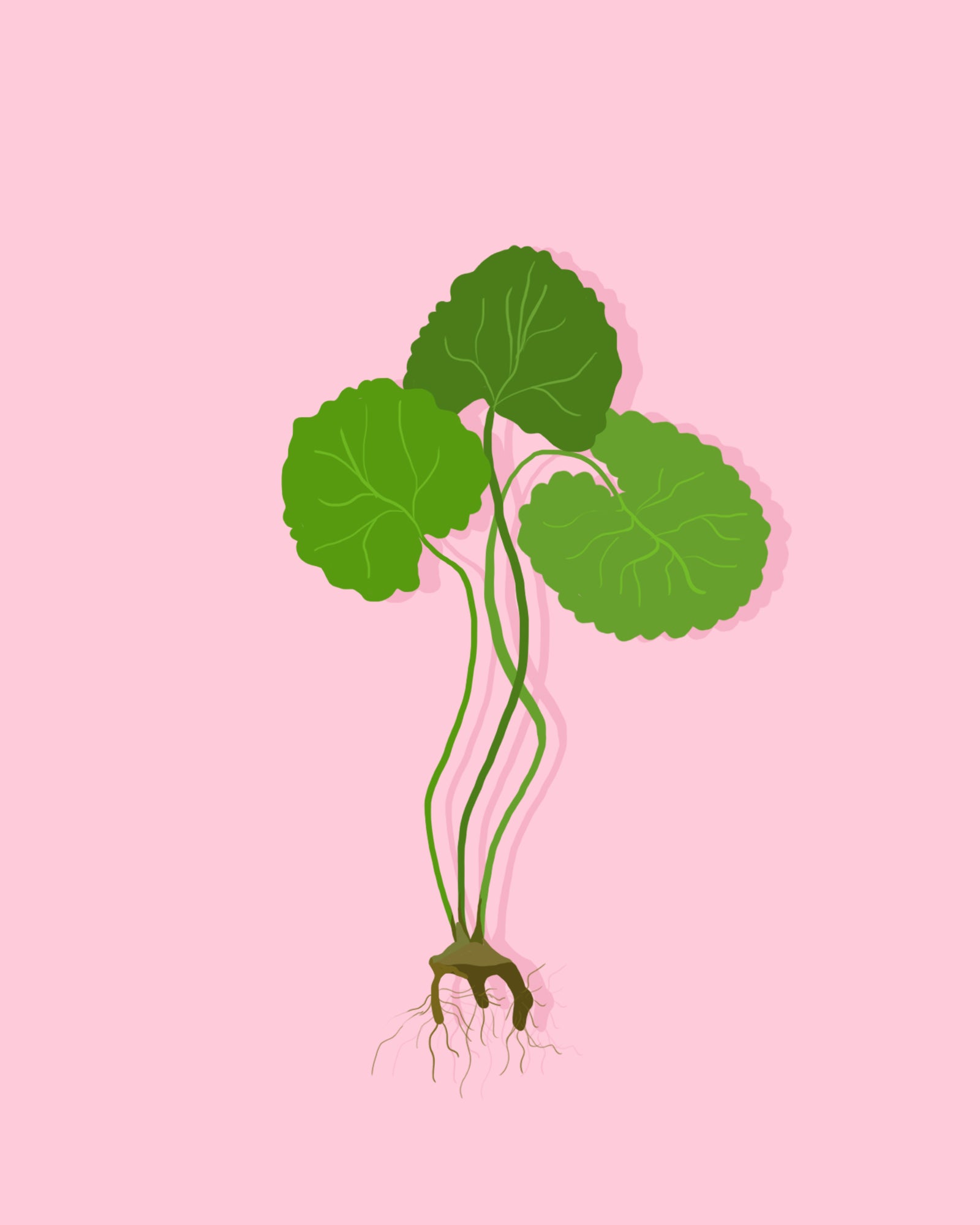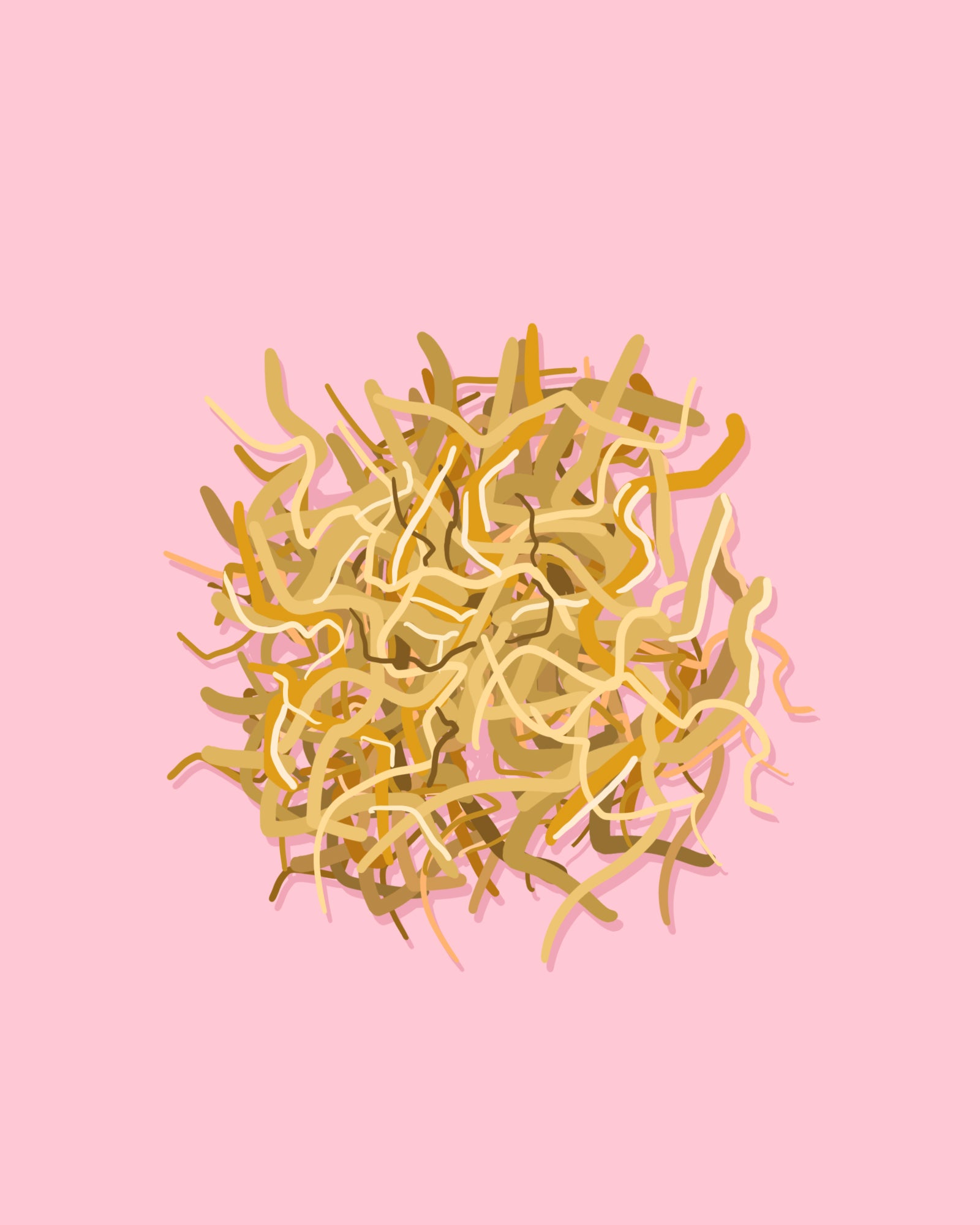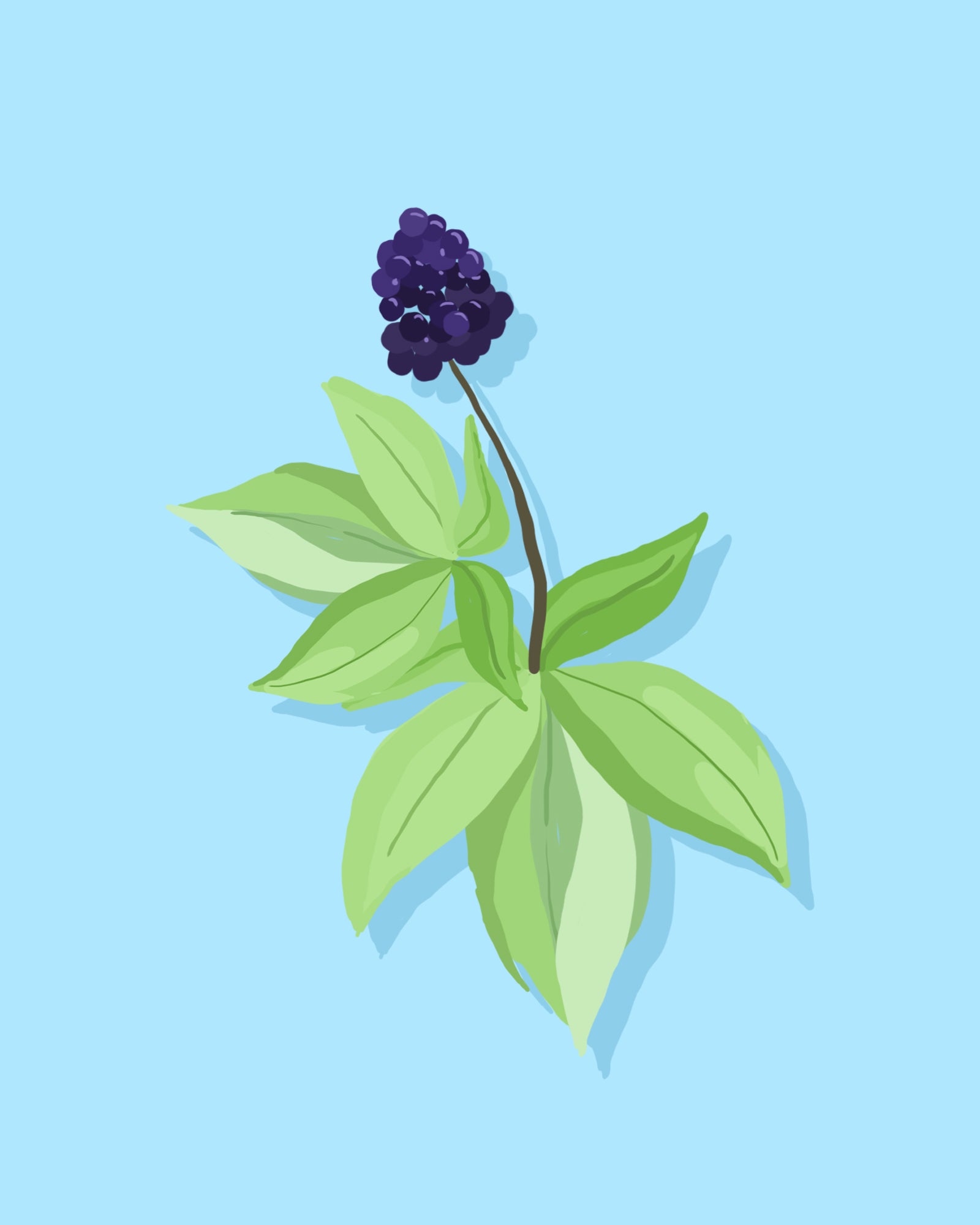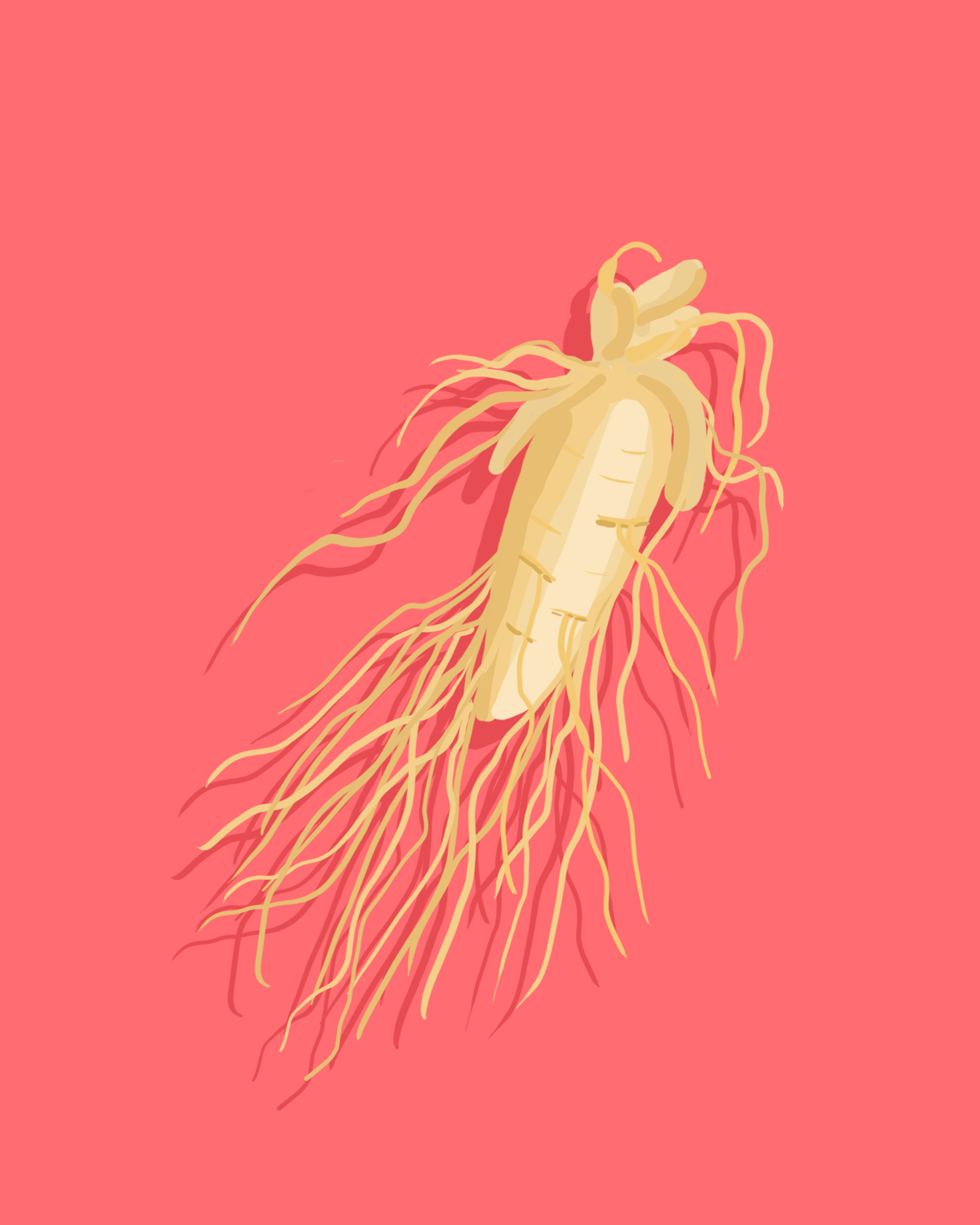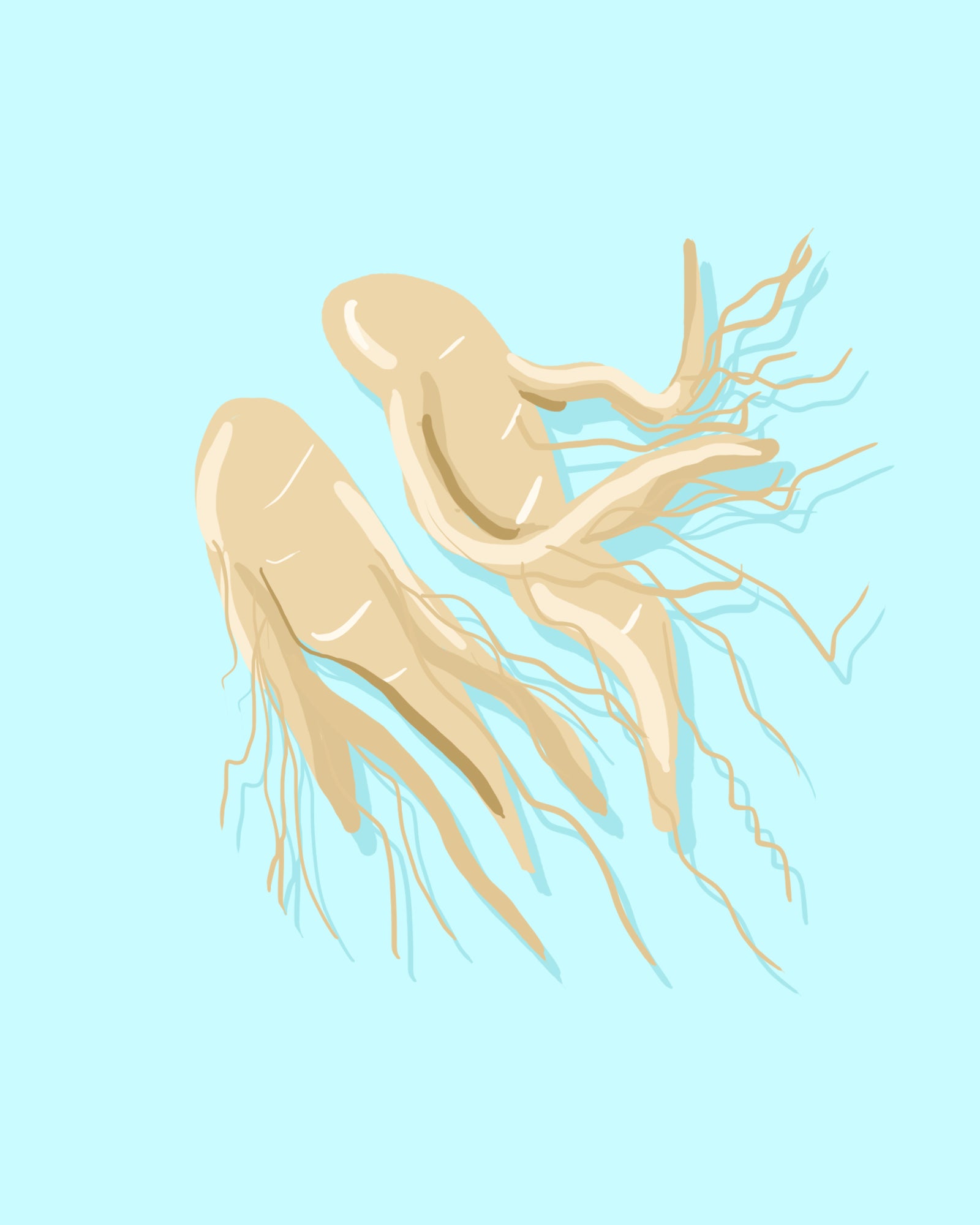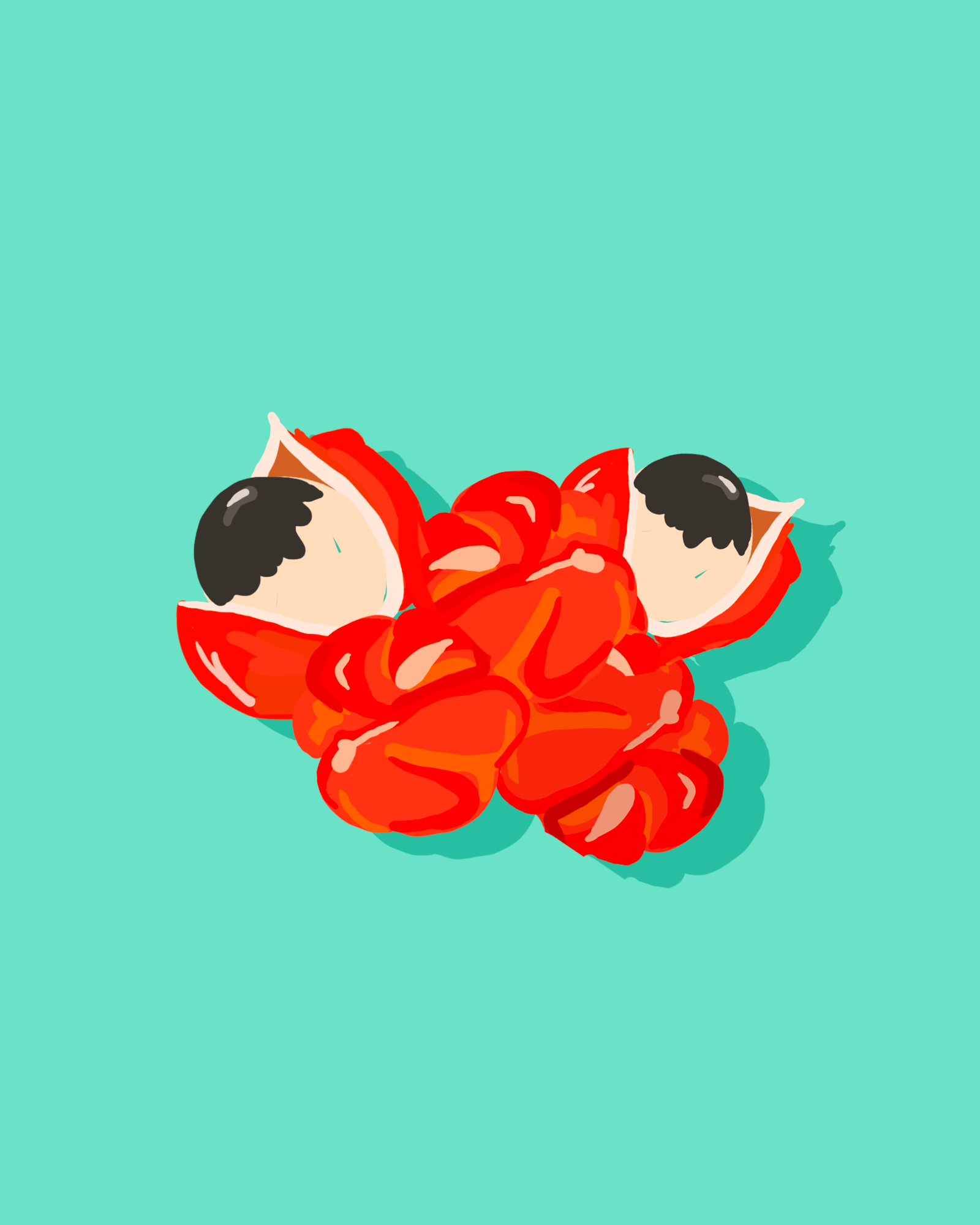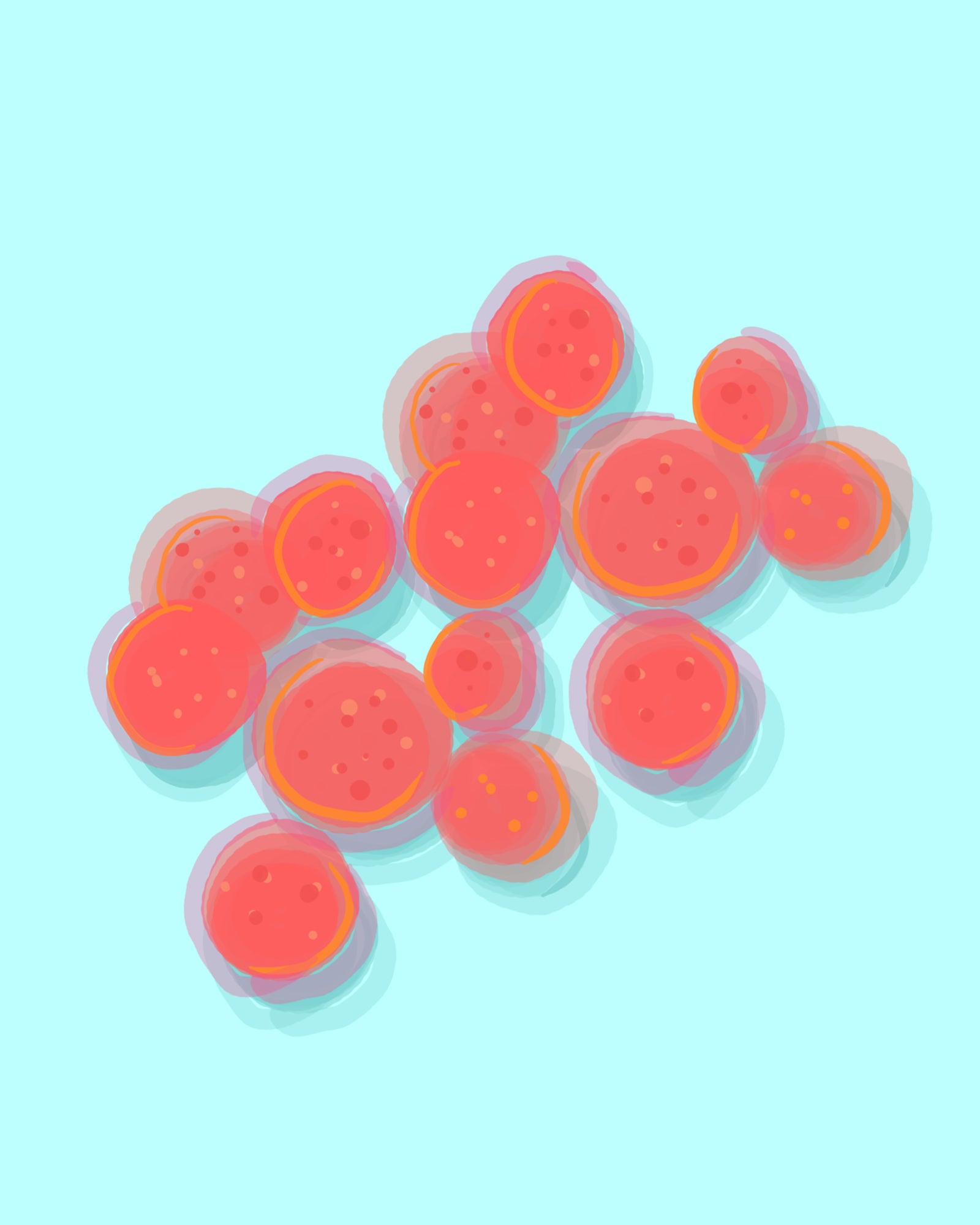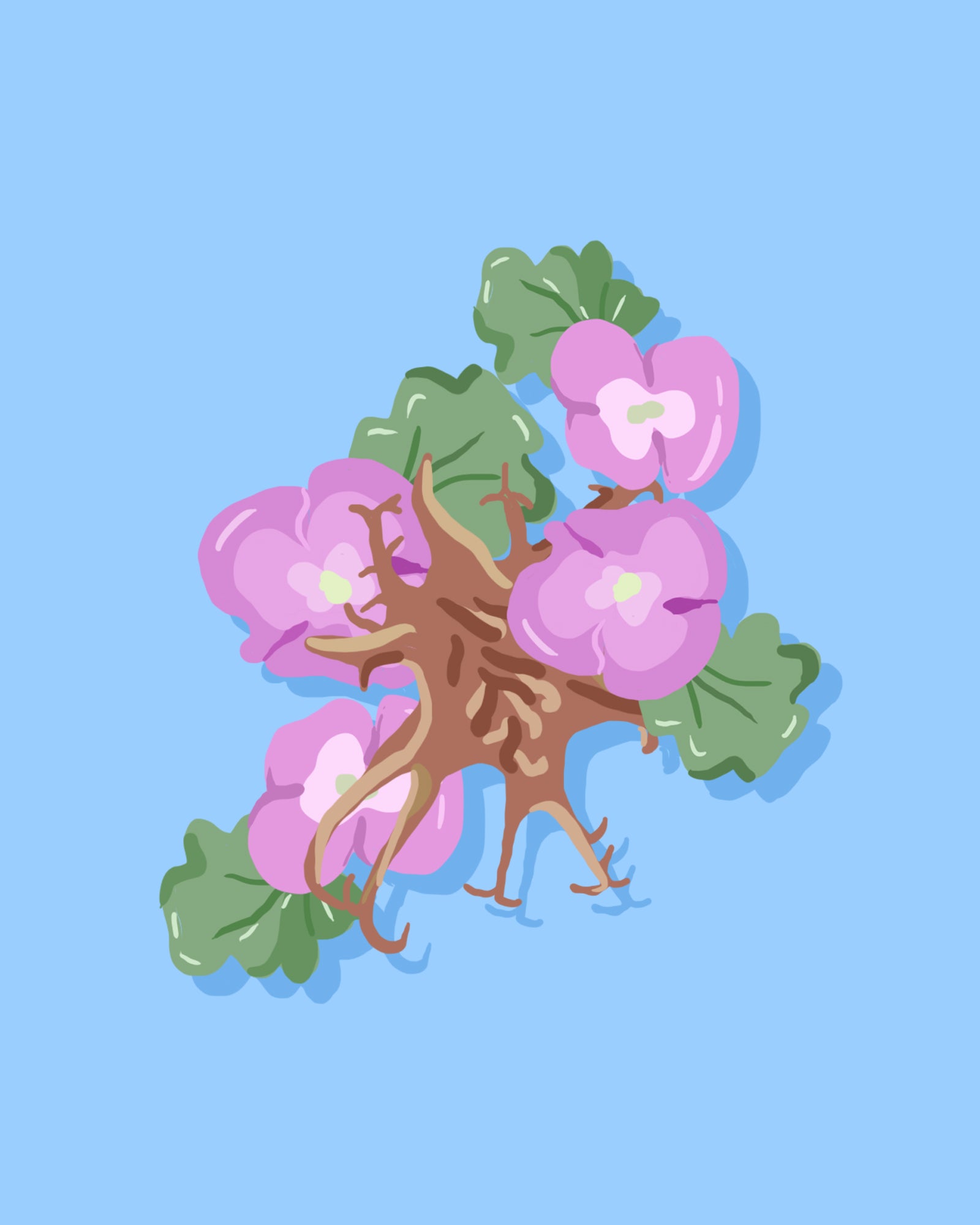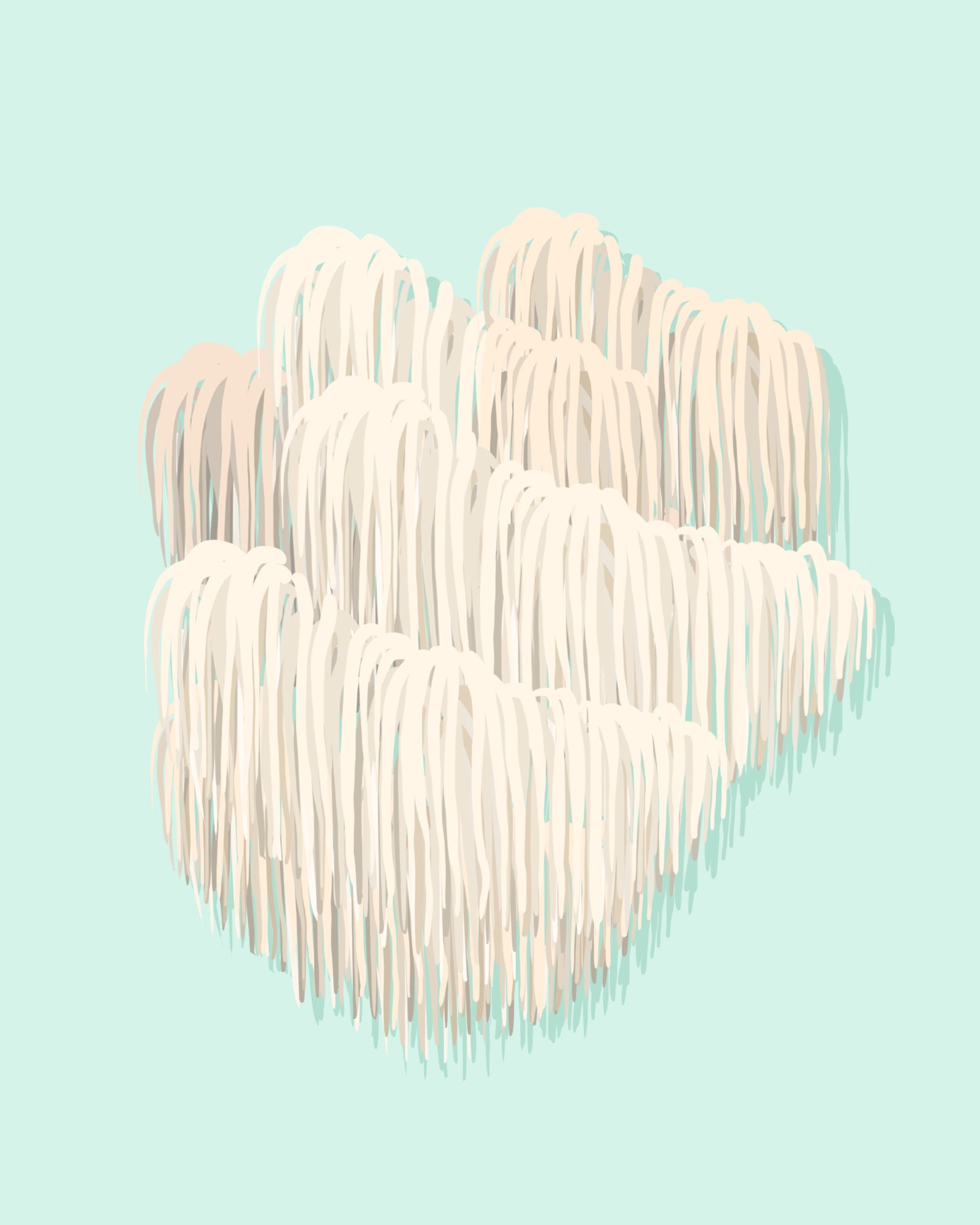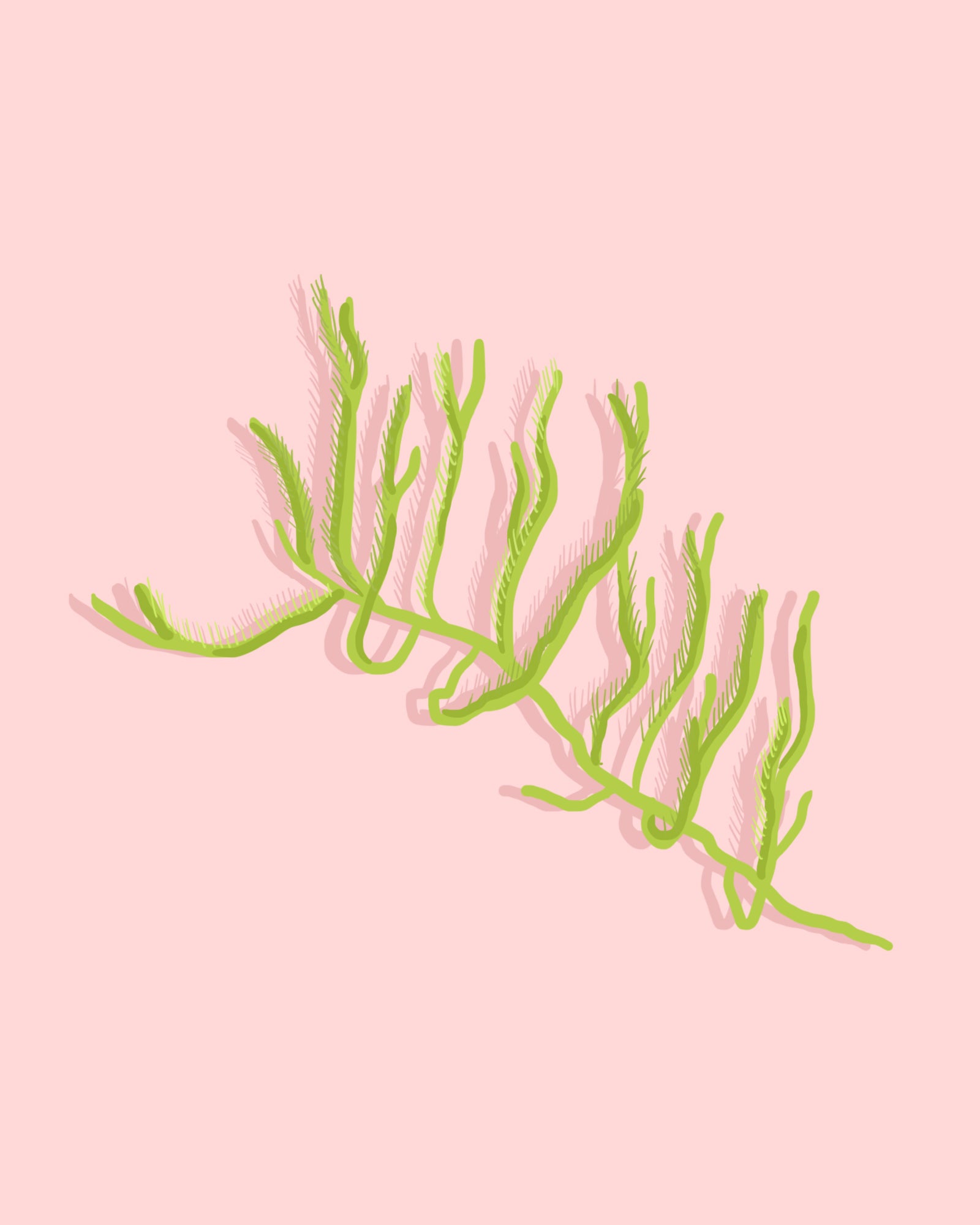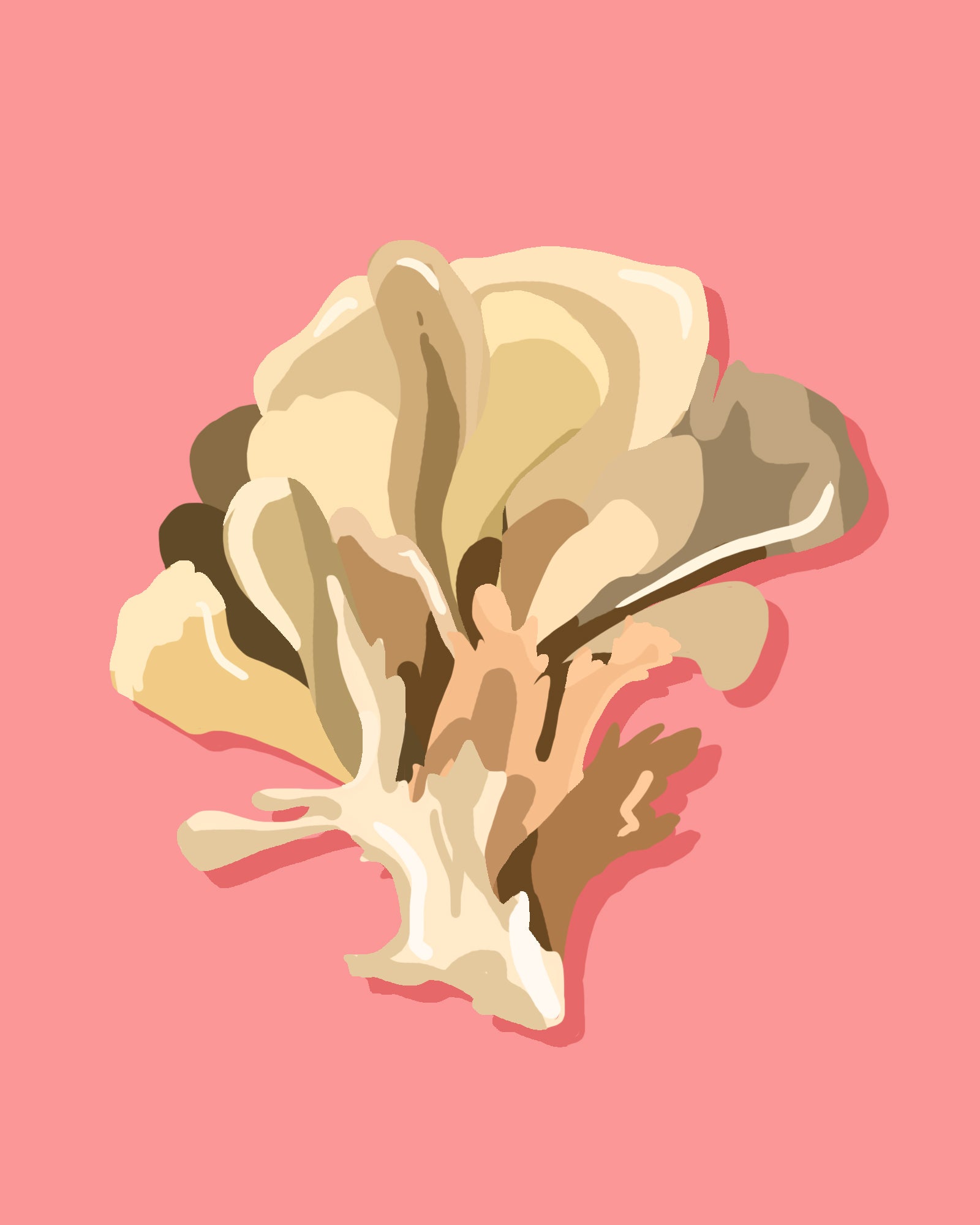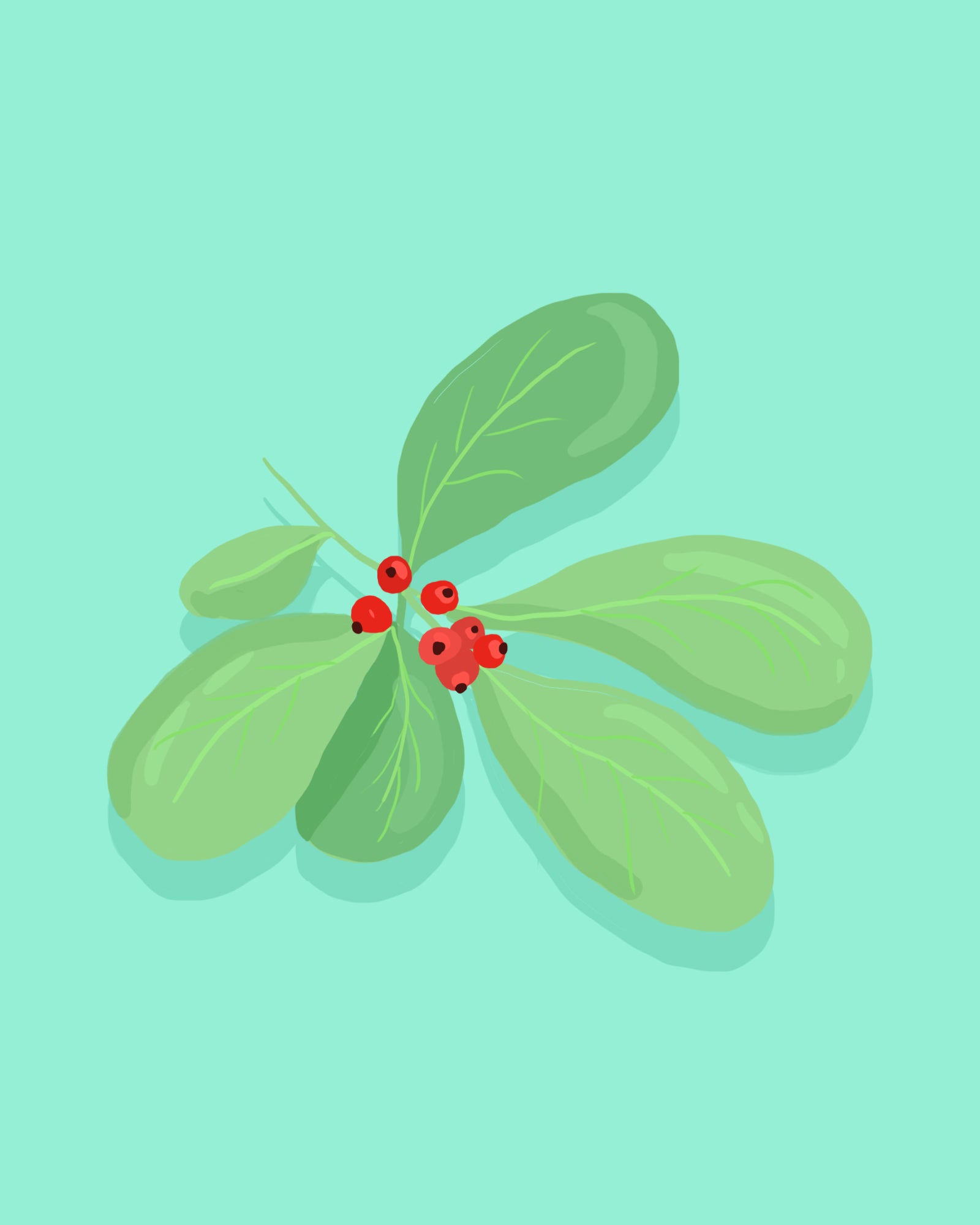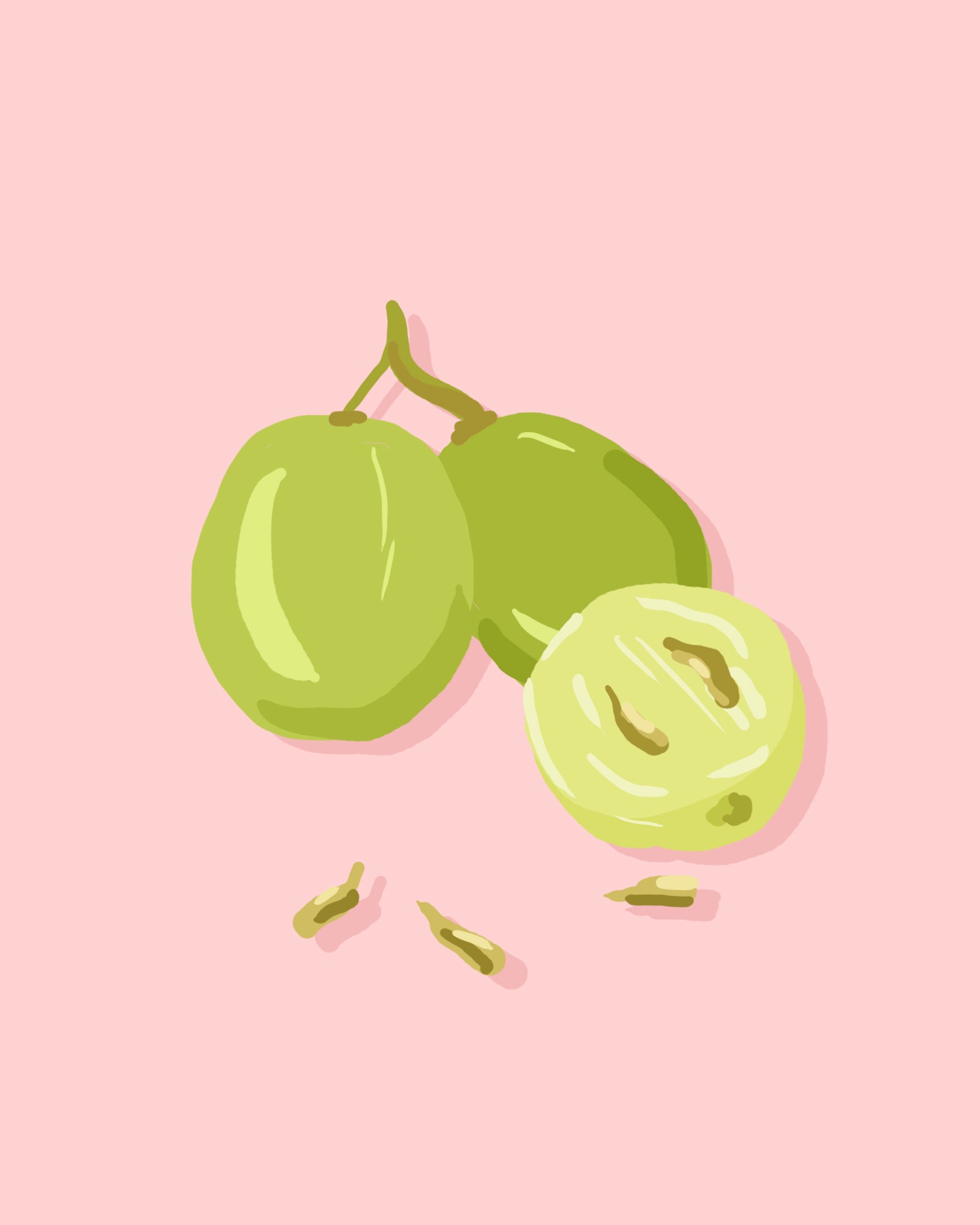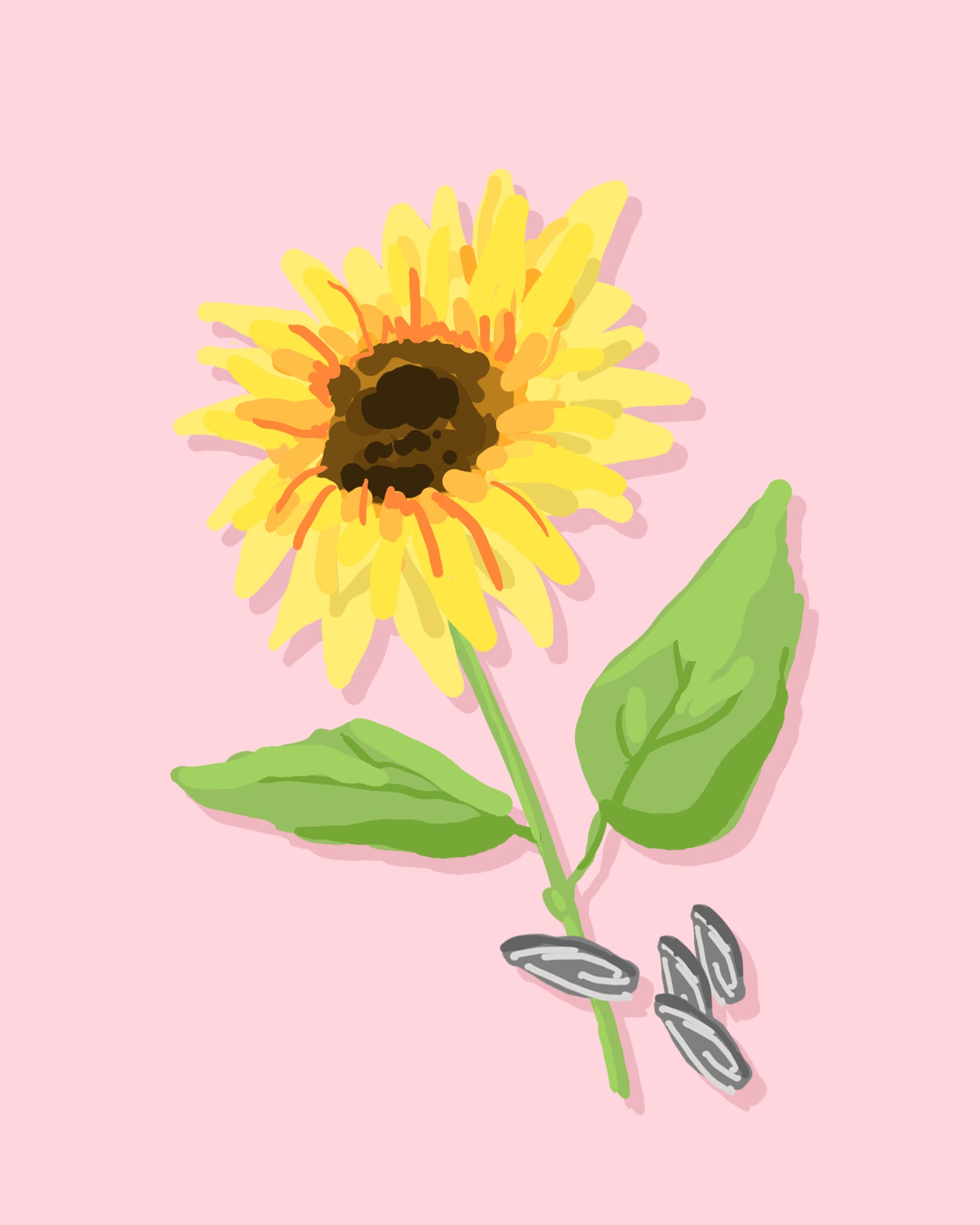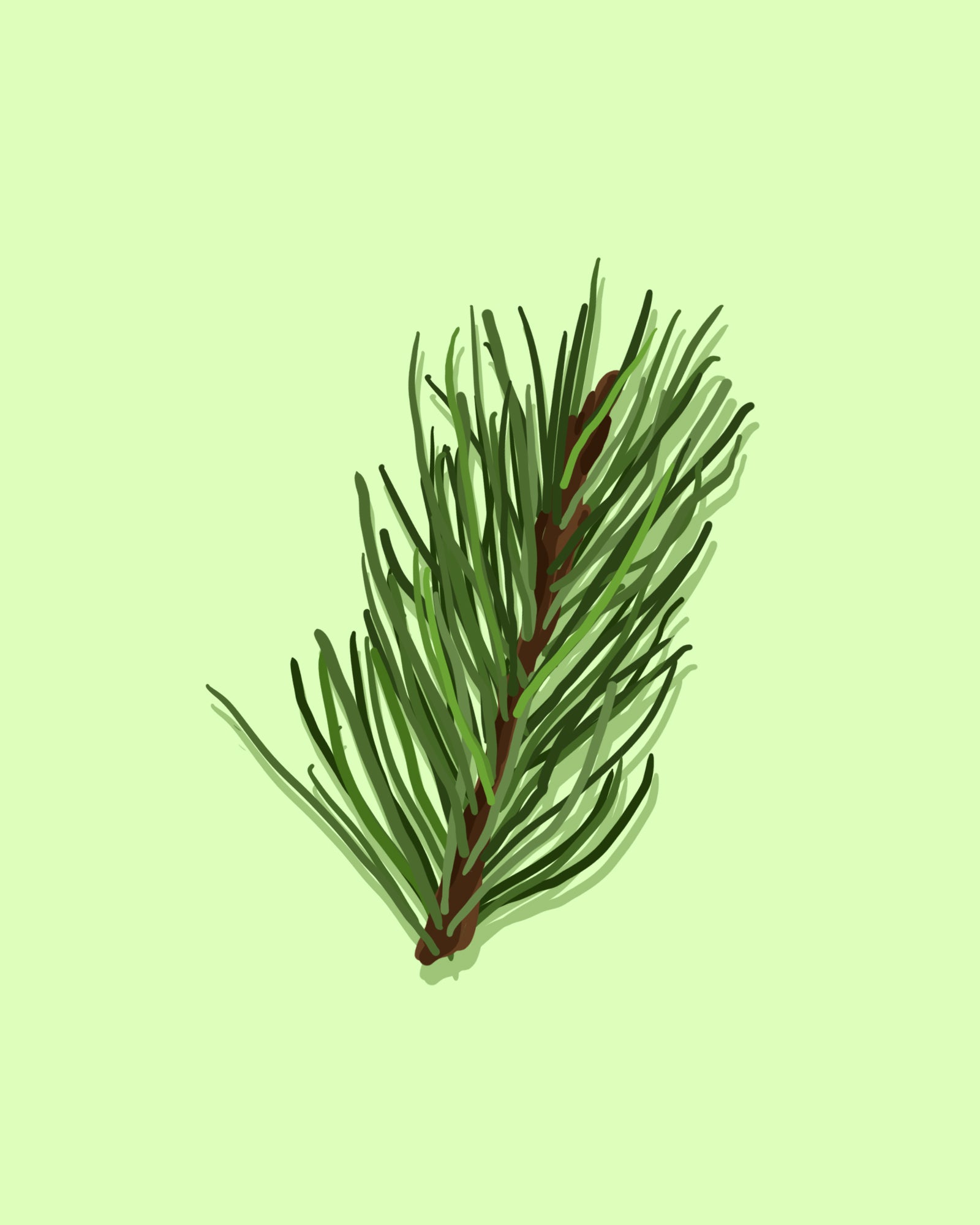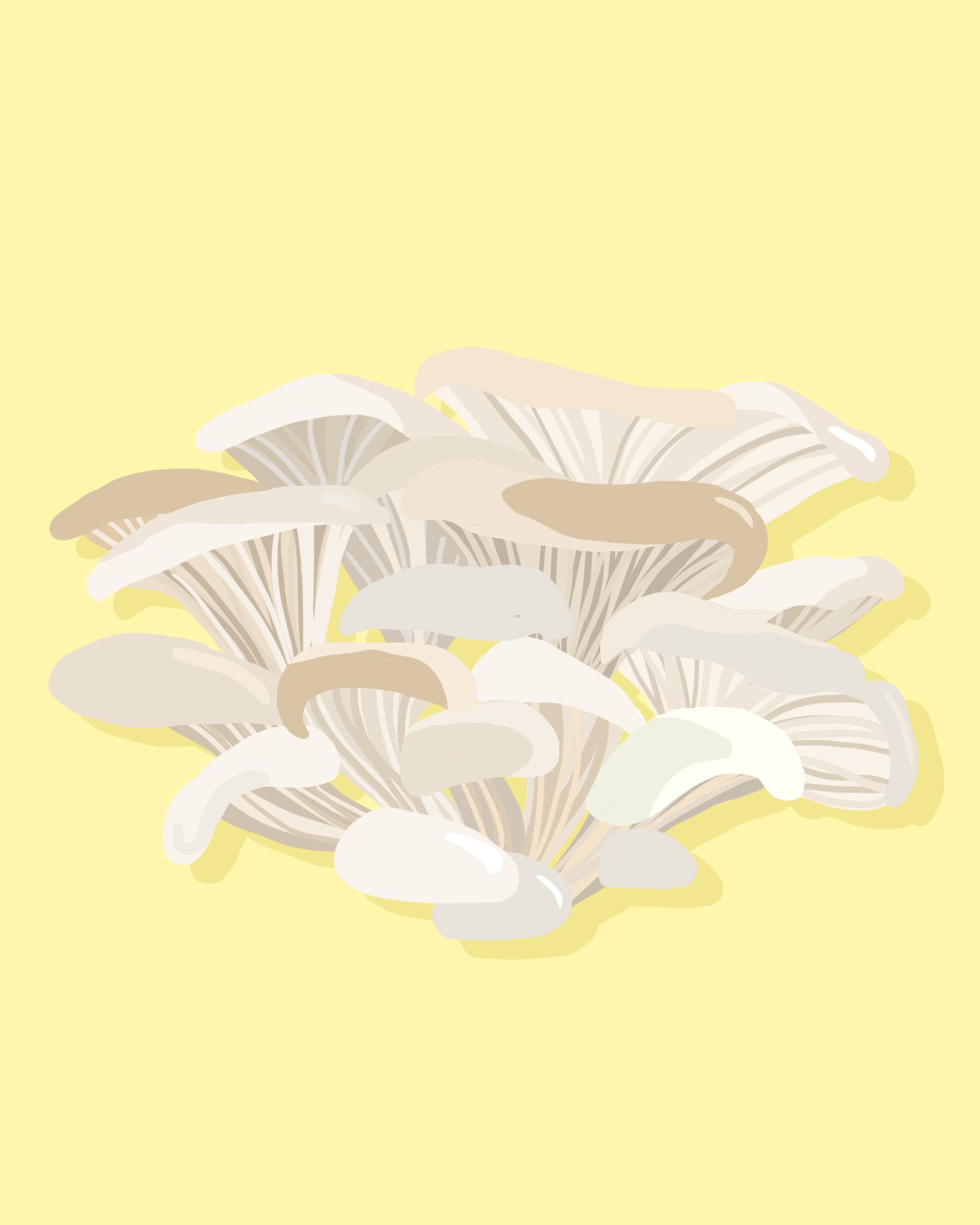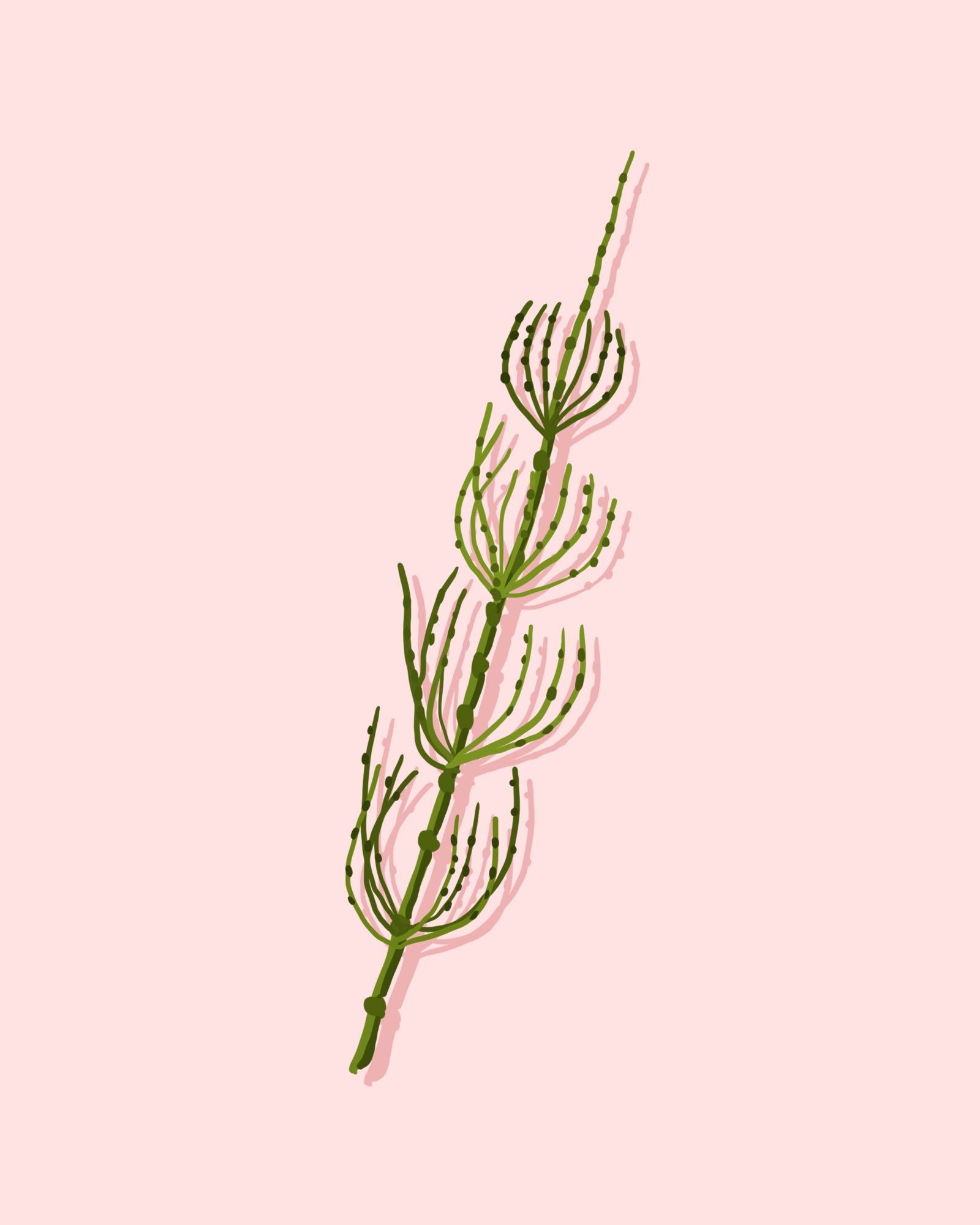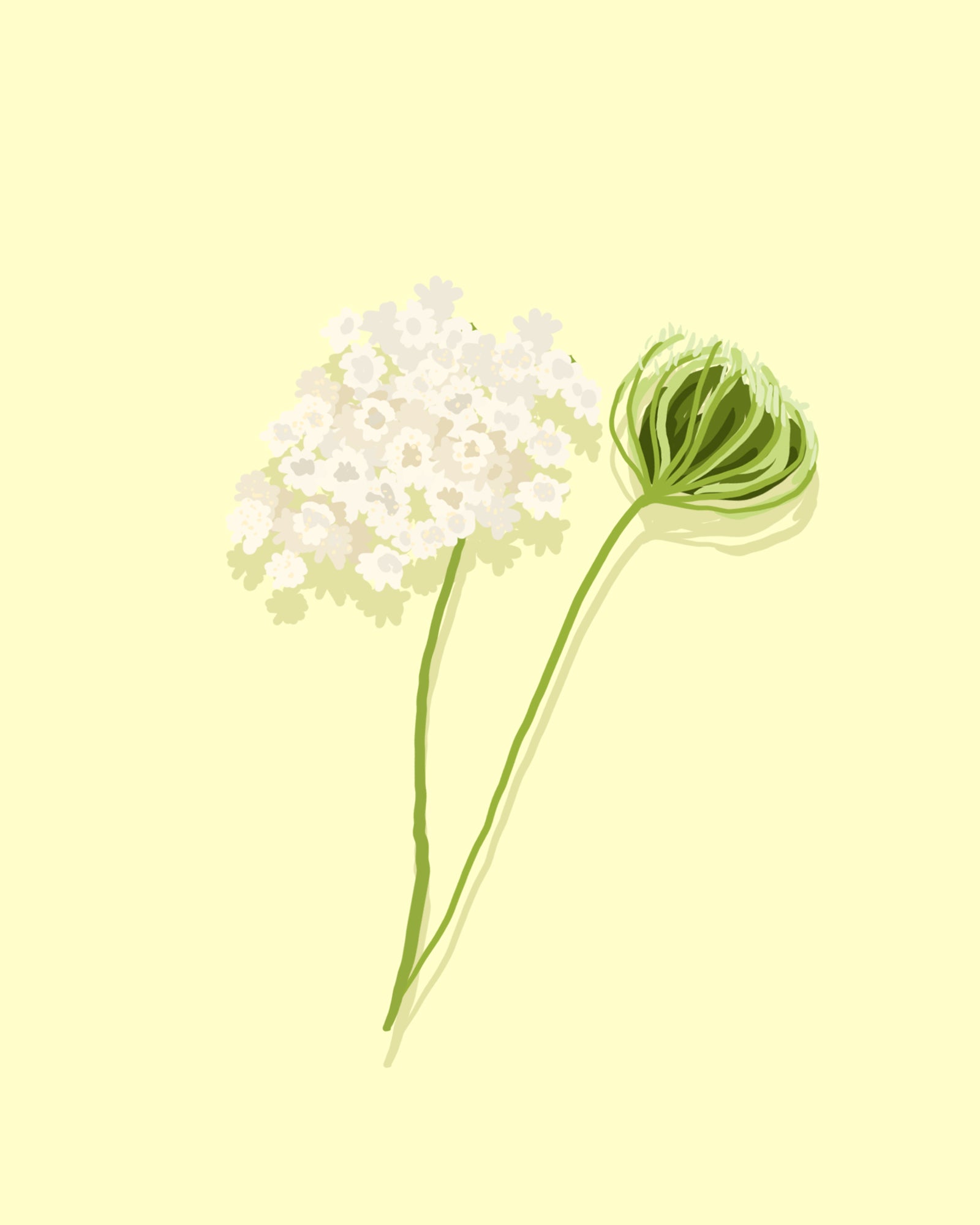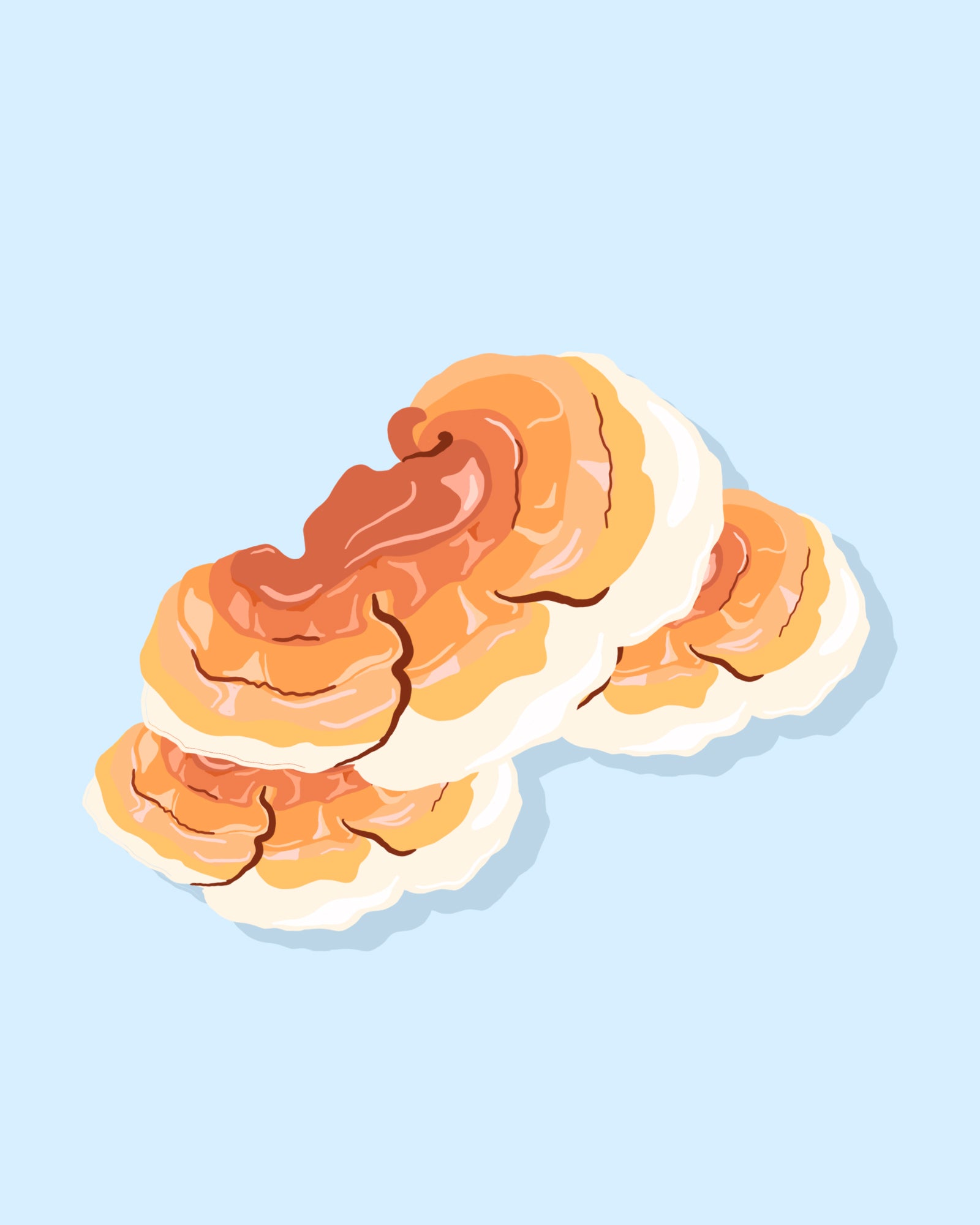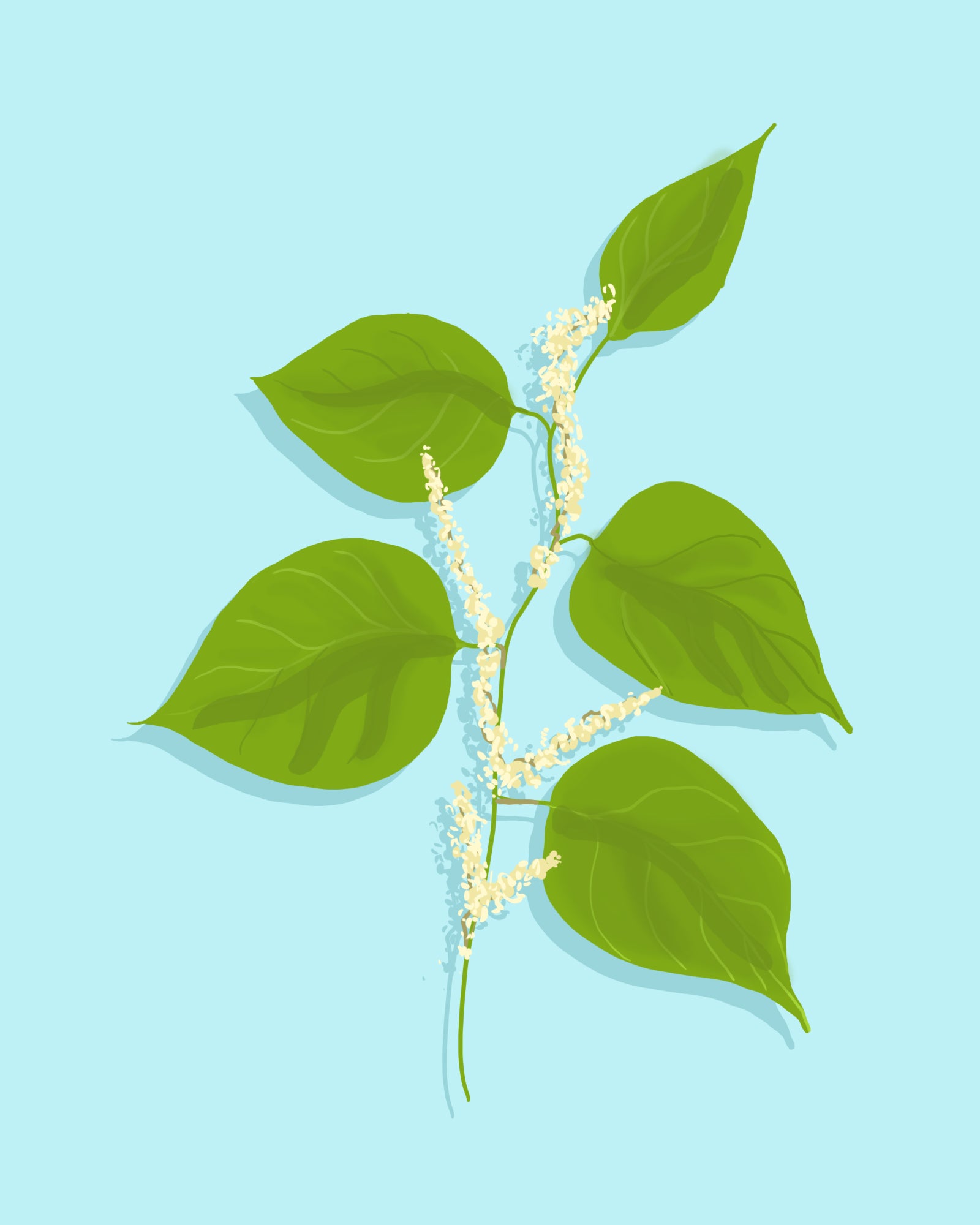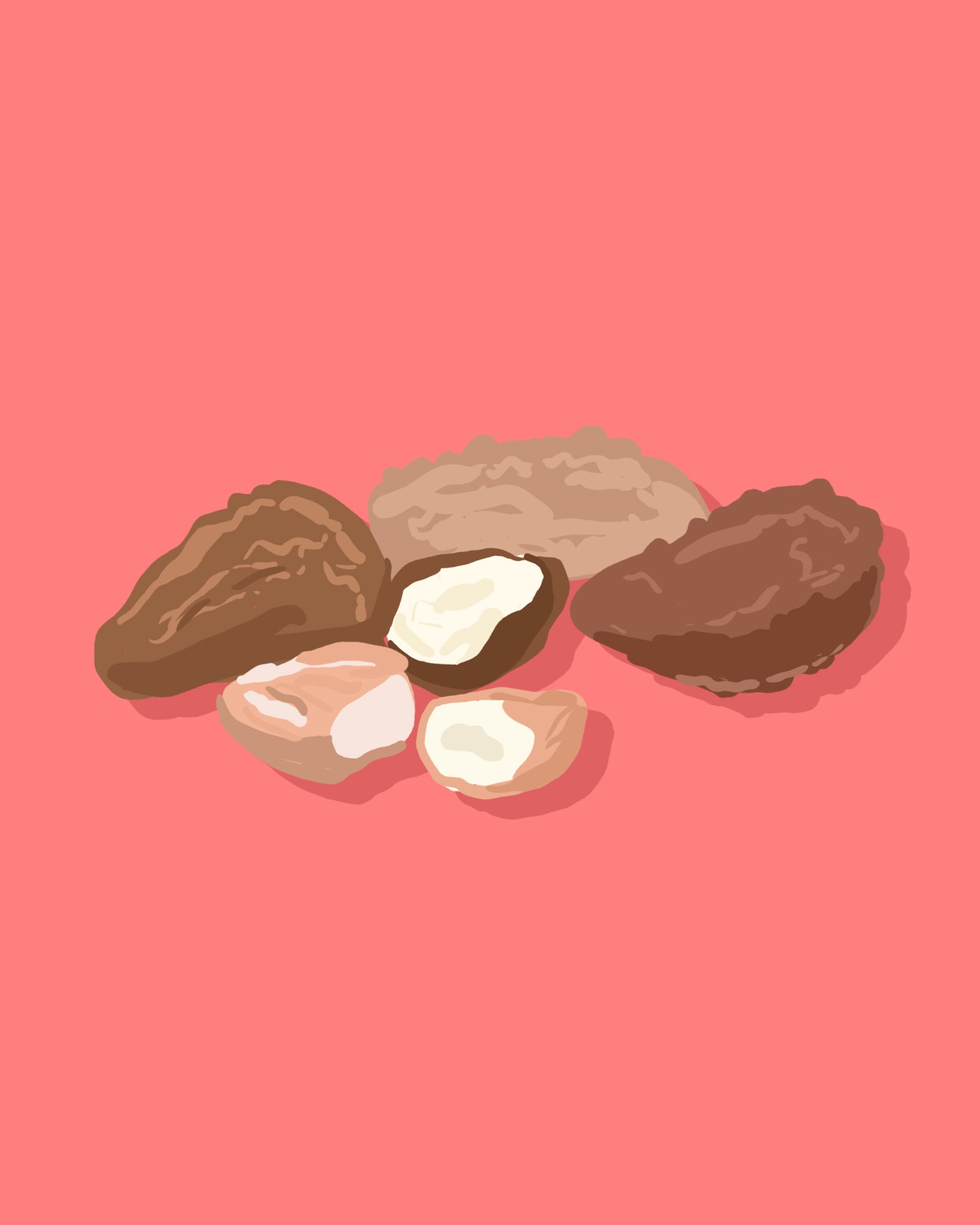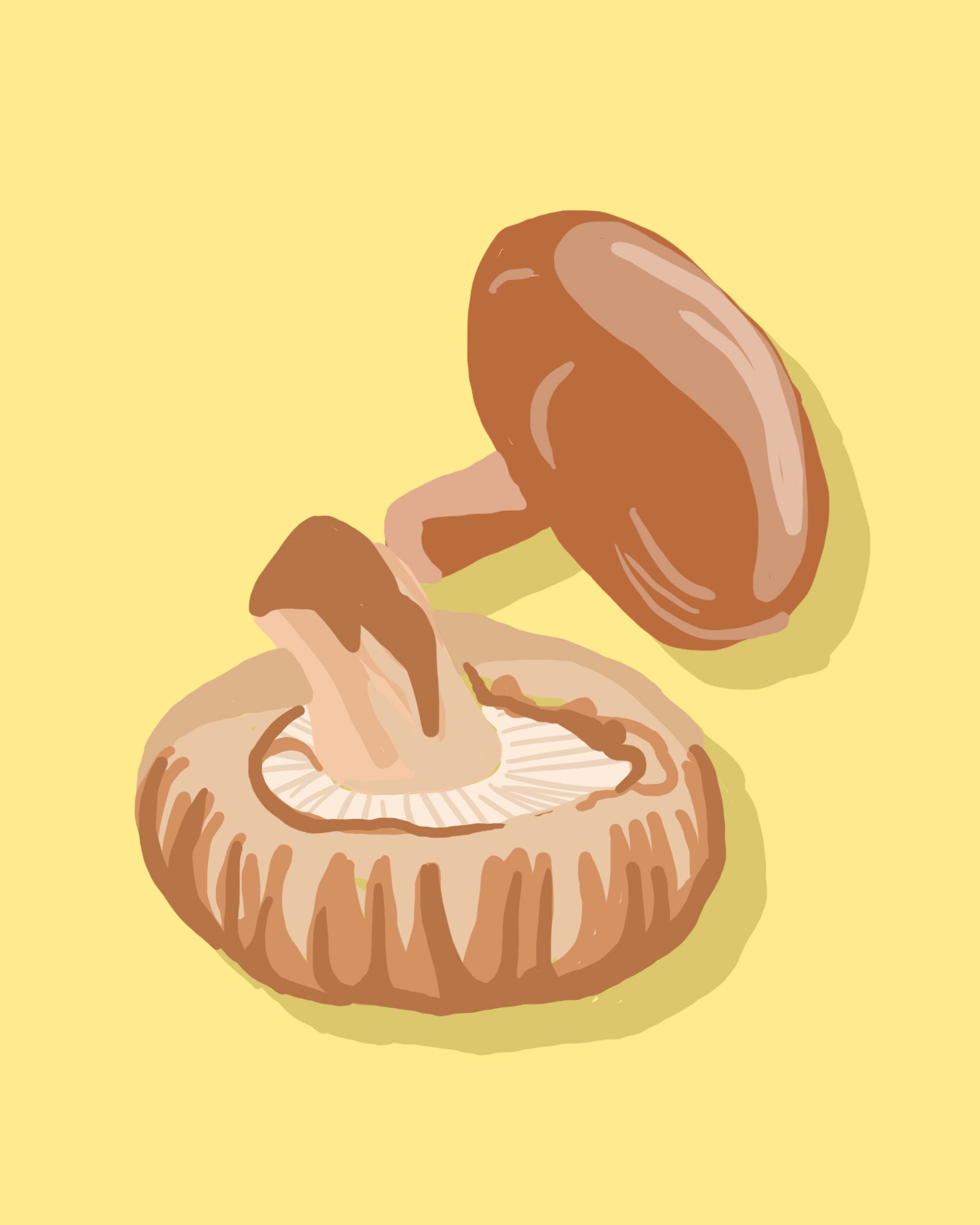Acerola
Acerola is the fruit of a shrub native to the Caribbean Sea and the Antilles, the fruit is called West Indian cherry or West Indian cherry because it closely resembles cherry.
LEARN MOREBrazilian Agaric
Deep in the rainforests of Brazil, a wild and almost fairytale mushroom has earned the sacred title of “Cogumelo de Deus” or “Mushroom of God” in Portuguese.
Learn moreAndrographis
Andrographis has been used for hundreds of years to treat fever and respiratory infections (colds, flu, pharyngitis, sinusitis) in several traditional Asian medicines.
Learn moreAshwagandha
A mythical plant in Ayurvedic medicine, ashwagandha is one of the most powerful natural adaptogens. Used for millennia in India to fight insomnia, strengthen the body...
Learn moreAstragalus
Considered in traditional Chinese medicine as a plant of harmony, its name comes from the Chinese “Huang Qi” which means “yellow energy”. Astragalus is one of the most powerful plants for boosting the body, immune defenses and restoring vitality!
LEARN MOREBacopa
Native to India and Southeast Asia, also known as water hyssop or "brahmi" (from the Hindu referring to the creator god of Hinduism) is an important plant of Ayurvedic medicine. It has been part of the Ayurveda pharmacopoeia for almost 3,000 years.
LEARN MORESchisandra Berries
Known for millennia in China under the name "Wu Wei Zi", they have been part of the Chinese pharmacopoeia for a very long time. Adaptogens, they strengthen the activity of the body by helping to support physical and intellectual activity while eliminating stress.
LEARN MOREBoswellia
Boswellia resin is part of the official pharmacopoeia of India and China. Ayuverda attributes anti-inflammatory properties useful for the treatment of rheumatic pain, inflammation of the digestive tract and bronchi as well as various skin conditions.
LEARN MOREBroccoli
Broccoli is undoubtedly the cabbage subject to the greatest number of scientific studies. Thanks to its fiber, its anti-oxidant micronutrients and its sulfur compounds, it helps prevent certain cancers, hypercholesterolemia and type 2 diabetes.
LEARN MORECassis
Blackcurrant is an excellent source of vitamin C. With 180 mg of vitamin C per 100 g, it contains 4 times more than orange! Its berries are also rich in tannins and flavonoids, molecules with strong antioxidant potential, giving it particularly interesting medicinal properties.
LEARN MORECentella
Centella grows in swampy regions of India, China, Indonesia and Australia, and has been used for centuries in Ayurvedic and traditional Chinese medicine to treat wounds, skin problems, venous disorders or even improve cognitive functions.
LEARN MORECordyceps
In Tibet, Cordyceps were exclusively reserved for the Dalai Lama himself, while in China, only the Emperor and his court could benefit from its benefits. Cordyceps was discovered thanks to yaks and goats raised by the Tibetans. The animals were then stronger and more vigorous...
LEARN MORETurmeric
Turmeric, known scientifically as Curcuma longa , is a perennial herb of the Zingiberaceae family, native to southern Asia. Its popularity as a main component of curry
LEARN MOREEchinacea Angustifolia
Echinacea angustifolia , also known as narrow-leaved coneflower, is a species of plant native to the Great Plains of North America. This variety of coneflower is known for its distinctive flowers, often purple, which feature a prominent central cone surrounded by drooping petals.
LEARN MOREEleutherococcus
Eleutherococcus, also called “Siberian ginseng”, is one of the medicinal plants known as “adaptogens”.
It is used against stress, fatigue, and to prevent small winter infections (colds, rhinitis, nasopharyngitis, tonsillitis, etc.).
American ginseng
Also known as “five-leaf ginseng,” American ginseng has been used in traditional Chinese medicine for millennia. It is a plant that has many functions including the ability to regulate bodily functions and stabilize...
LEARN MOREKorean Ginseng
Ginseng has been recognized by traditional Chinese medicine as one of the most effective plants in herbal medicine for over 4000 years.
For several centuries, this divine root was reserved only for the Emperors of China and for a minority of civil, military or religious nobles...
Siberian Ginseng
Siberian Ginseng, scientifically known as Eleutherococcus senticosus , is a hardy perennial plant native to the mountainous regions of Siberia, northern China, Korea and Japan. Contrary to its name, it is not botanically related to true ginseng (Panax ginseng), but shares many of its traditional uses and beneficial properties.
LEARN MOREGuarana
Originally from the Amazon and used since pre-Columbian times to treat various ailments, guarana has been known in Europe since the 18th century.
Particularly appreciated as a drink, it promotes concentration and memory, increases attention, improves alertness and fights fatigue. Some even consider that it could help to lose weight.
Haematococcus
Haematococcus is a green algae which, under so-called “stressful” conditions, has the capacity to produce a red pigment: astaxanthin. This pigment creates a protective field around the algae, guaranteeing its survival in hostile environments.
LEARN MOREHarpagophytum
Used for centuries in Africa, harpagophytum (part of the traditional pharmacopoeia of southern Africa) is used mainly to relieve joint pain (rheumatism, arthritis, lower back pain, stiff neck, sprains, etc.).
LEARN MORELion's Mane or Lion's Mane
This mushroom has been used in China since the Ming dynasty, which ruled the country from 1368 to 1644. Hericium was then served to the emperor in the form of delicious dishes, with a taste close to lobster. Over the centuries, this mushroom has become one of the most renowned for strengthening physical, mental and sexual abilities.
LEARN MOREHuperzia
A small Asian plant, Huperzia, called “Qian Ceng Ta” in China, is used in traditional Chinese medicine as an ingredient in preparations intended for the treatment of a wide range of disorders. It is best known for strengthening memory and cognitive functions. It contains a unique alkaloid: Huperzine.
LEARN MOREMaitake
Throughout Asia, Maitake has funny nicknames: “ash flower”, “hen of the woods”, “dancing mushroom”… The latter has its origins in a Japanese legend: this mushroom is said to be so beneficial for health, particularly on longevity, that the pickers started dancing at its discovery!
LEARN MOREMate
Indigenous peoples of Brazil and Paraguay have been drinking mate drinks for millennia. We had to wait until the 16th century and the travel stories of a Spanish explorer to see these drinks exported to Europe. The indigenous peoples of South America prepared an infusion of leaves to promote good humor and chase away fatigue.
LEARN MOREGrape seeds
Grape seeds contain molecules called Oligo-ProanthoCyanidines (OPC). OPCs are powerful antioxidants belonging to the flavonoid family. They behave as free radical scavengers and protect the body's cells from damage caused by oxidative stress.
LEARN MOREPhosphatidylserine extracted from sunflower
Phosphatidylserine is a phospholipid playing a structural role in the composition of cell membranes. Present in very large quantities in the brain, it has been the subject of several studies in the treatment of memory disorders linked to aging.
LEARN MOREMaritime pine
Maritime pine bark contains a natural combination of antioxidants (procyanidins and bioflavonoids) and organic acids which gives it unique health properties. It is used as an antioxidant, in venous insufficiency, to protect small blood vessels, in joint pain, etc.
LEARN MOREHorsetail
Horsetail is one of the oldest plants in the world. It existed since prehistoric times! Its use in medicine was observed very early around the world, due to its numerous curative properties. In the 17th century, it was used in Europe to treat wounds and skin inflammations.
LEARN MOREMeadowsweet
Originally from Europe, meadowsweet was already used for its medicinal properties in the Middle Ages. Its flowers contain salicylic acid, known to be the precursor of aspirin. It is traditionally used to relieve headaches and joint pain.
LEARN MOREReishi
For over 2,000 years, Taoist monks, herbalists and Chinese royalty have used Reishi to prolong life, prevent aging and make the body "light and supple." Traditional Chinese Medicine and Kampo medicine consider the flesh of Reishi to be a precious tonic for Qi, vital energy...
LEARN MOREJapanese knotweed
Japanese knotweed is an East Asian plant that has been used for centuries by the Chinese and Japanese. It is the plant richest in resveratrol, a polyphenol (also found in red wine) which has aroused great interest since its discovery in 1939.
LEARN MORESelenium
Selenium is an antioxidant trace element. It is, in fact, part of the structure of several antioxidant enzymes such as glutathione peroxidases. These enzymes help neutralize excess free radicals present in the body. In addition, selenium participates in the regeneration of vitamins...
LEARN MOREShiitake
The history and origins of Shiitake appear to date back to 199 BCE, when Emperor Chuai of Japan is said to have received this mushroom as a gift. It would then have had positive effects on the physical endurance, sexual vigor and longevity of those who consumed it.
LEARN MORE
